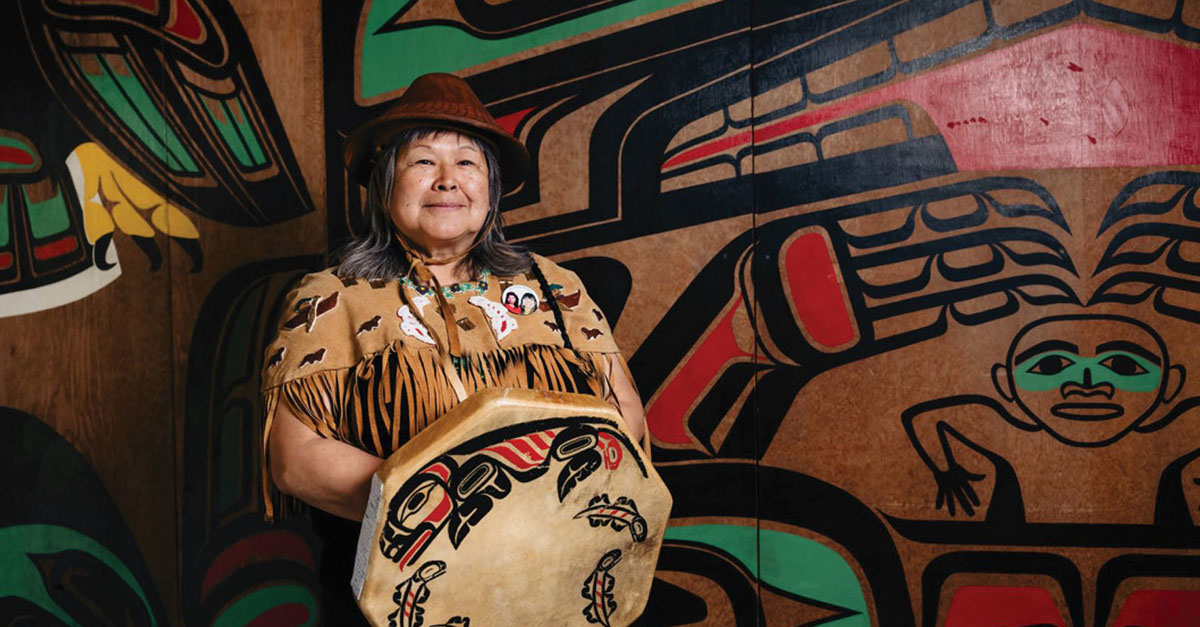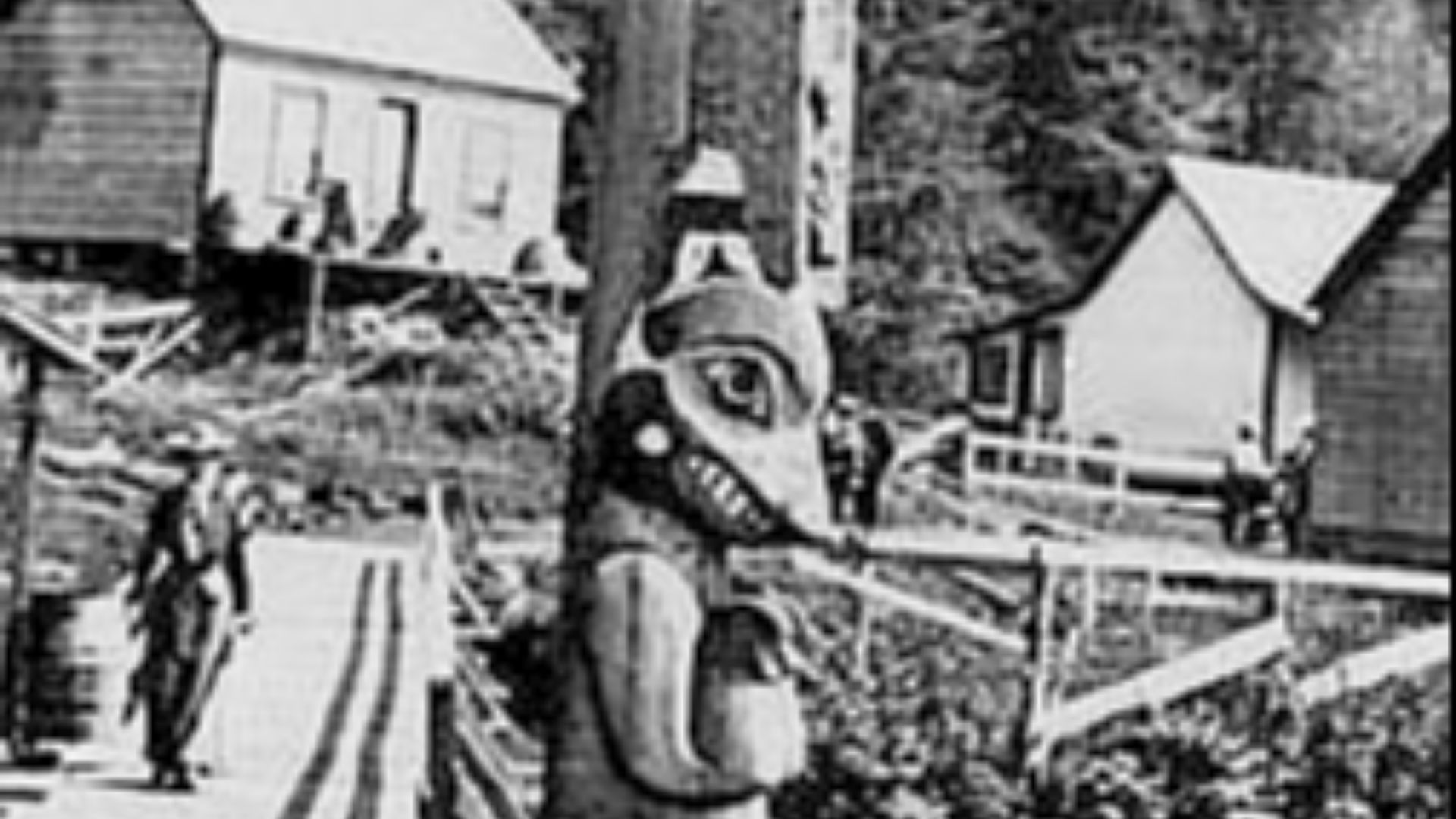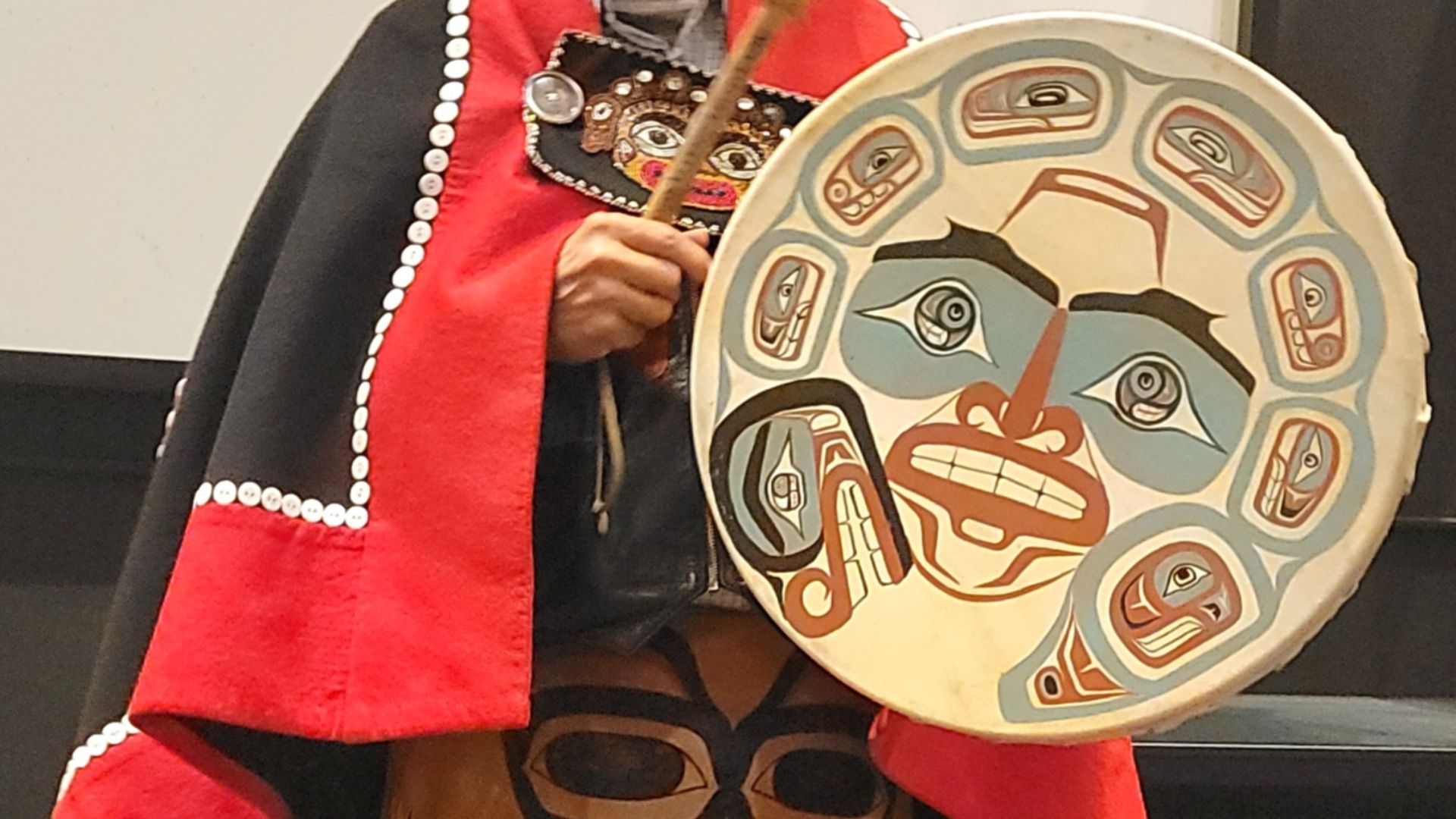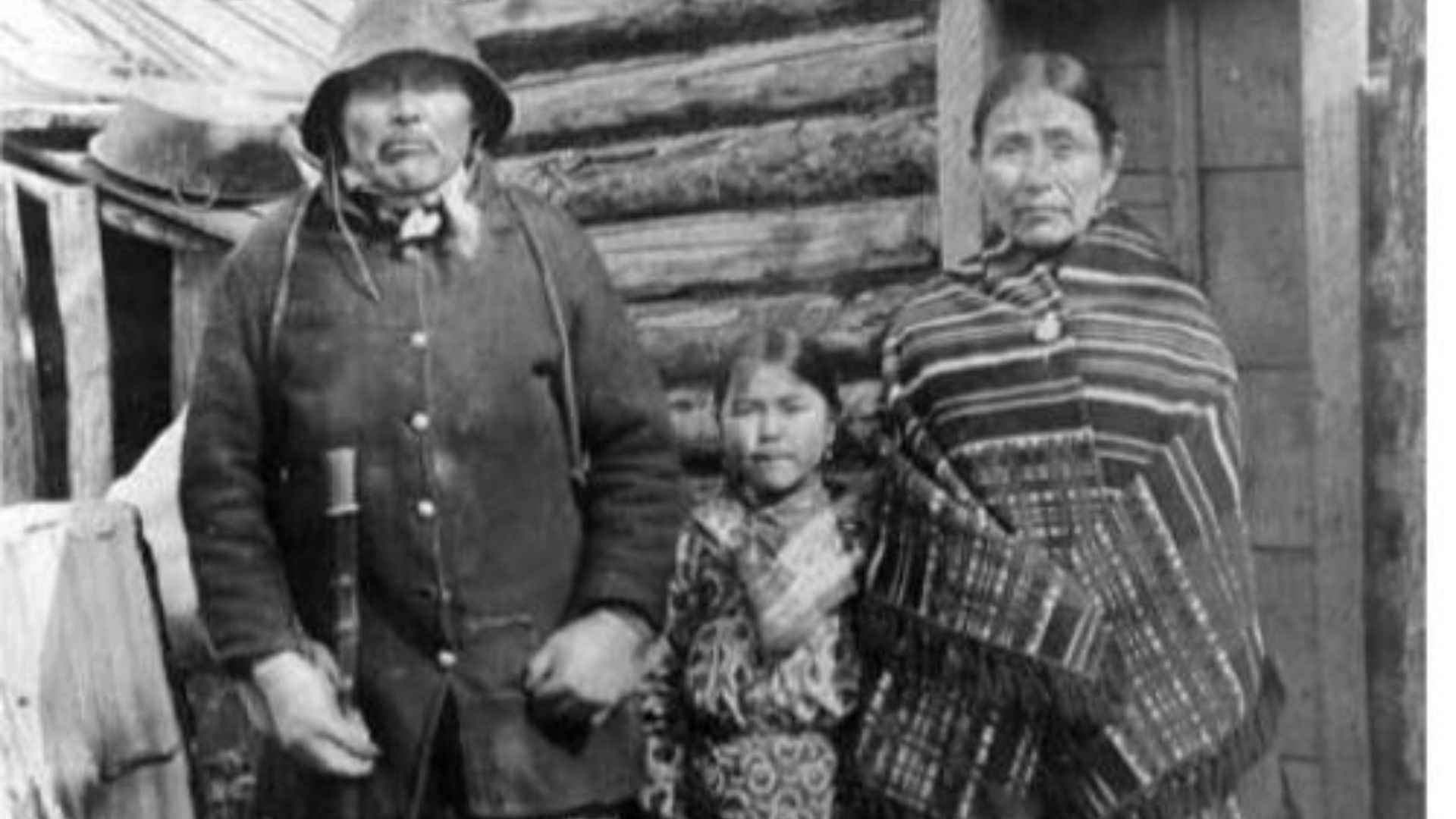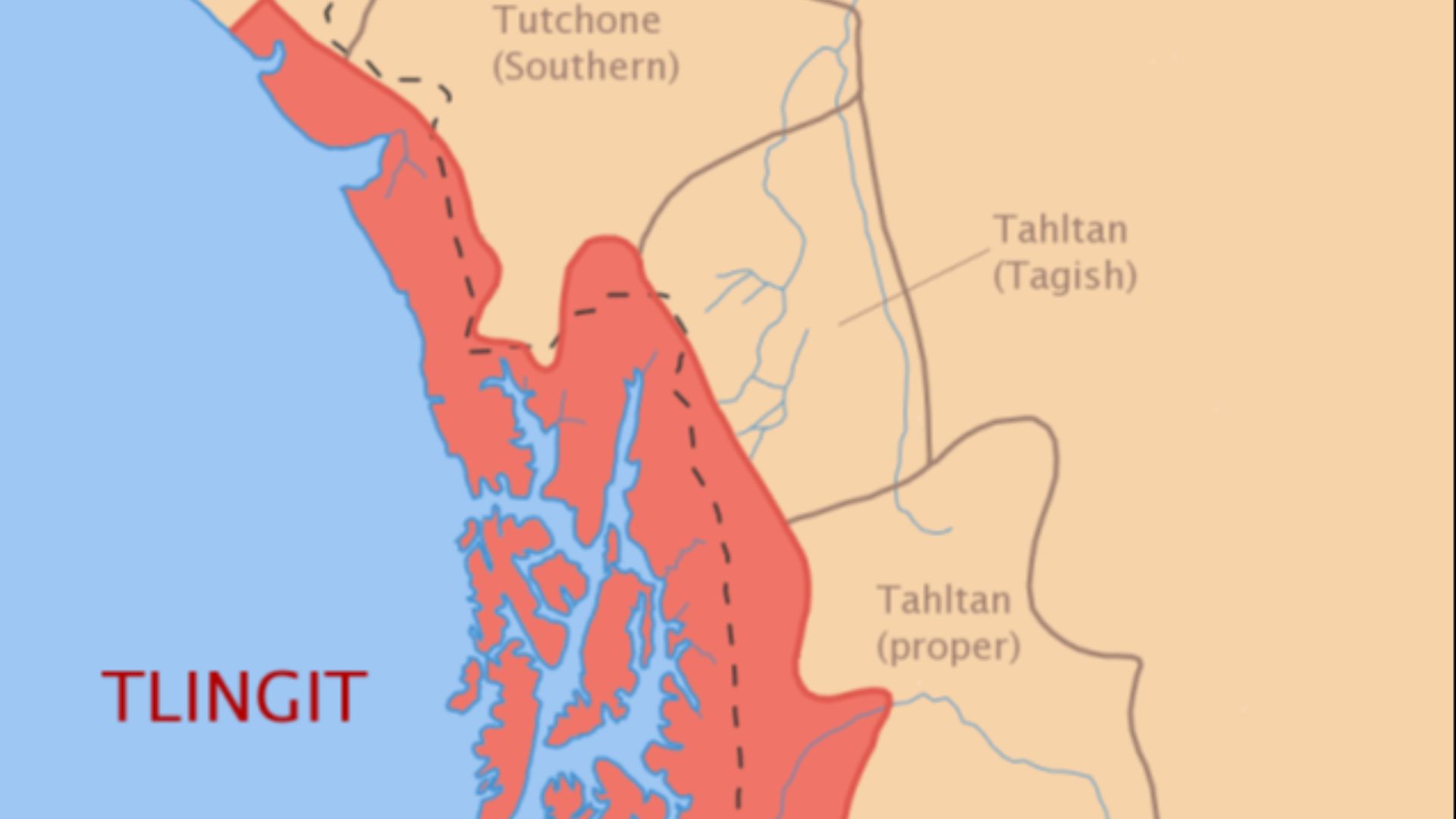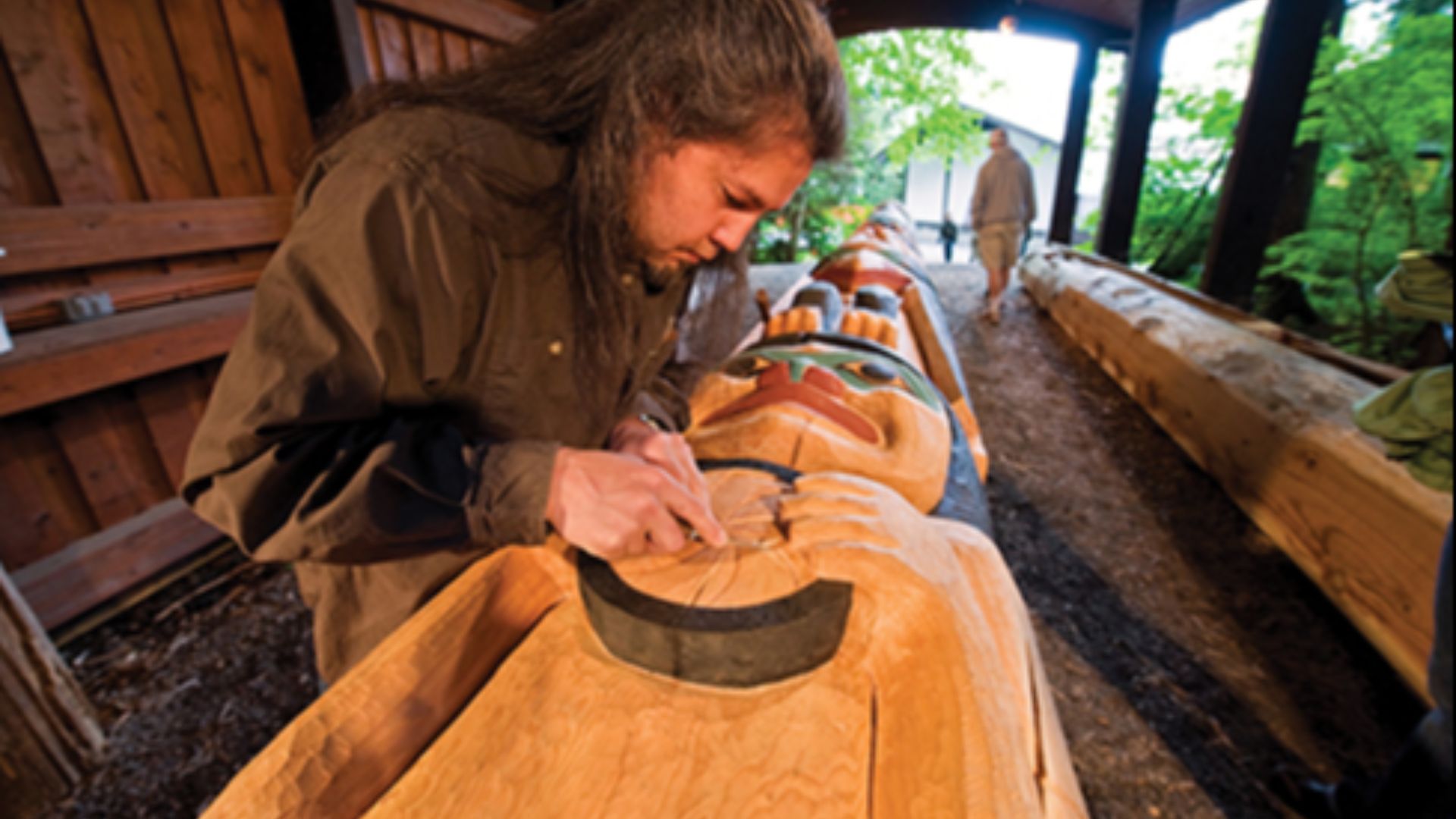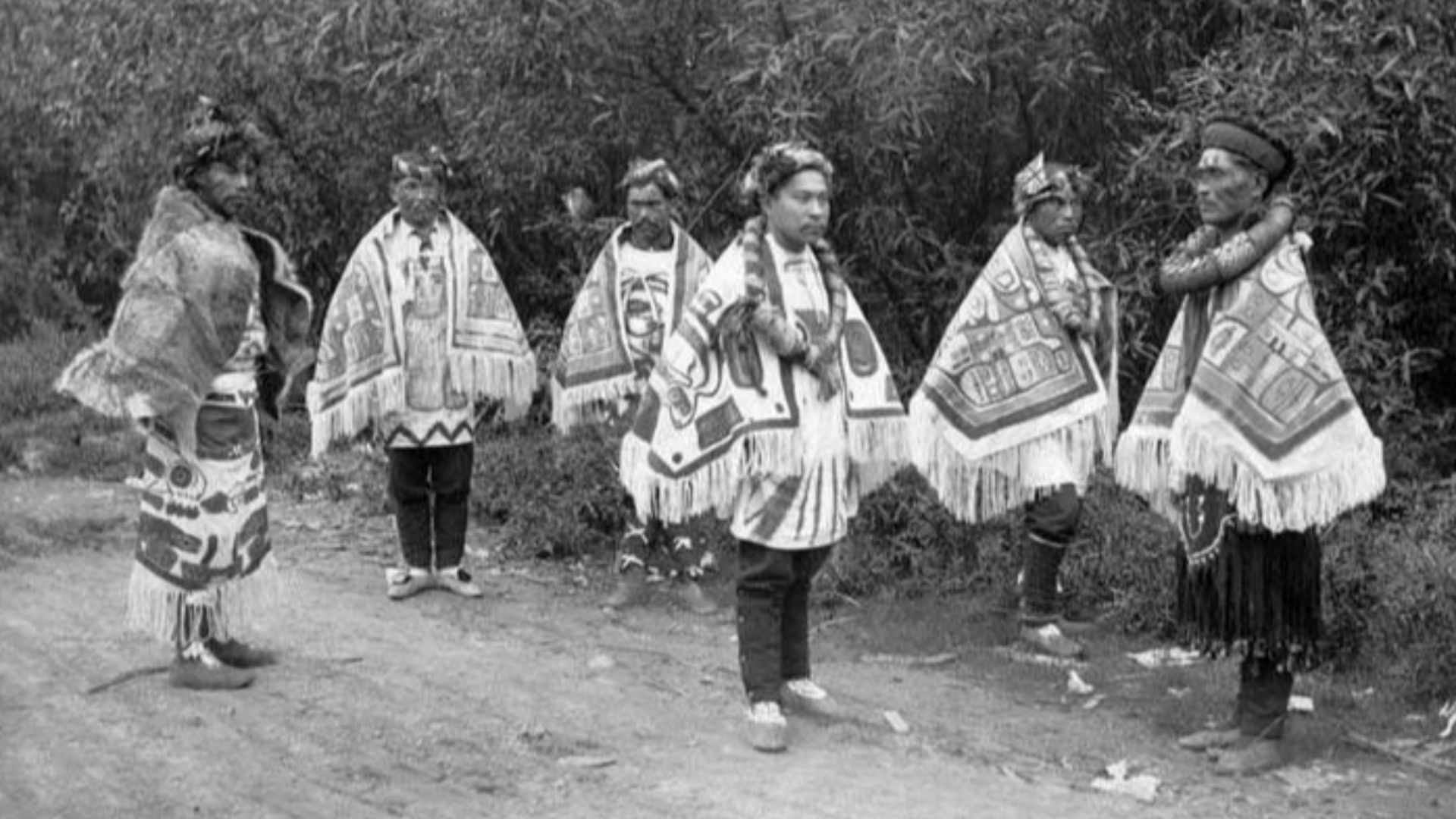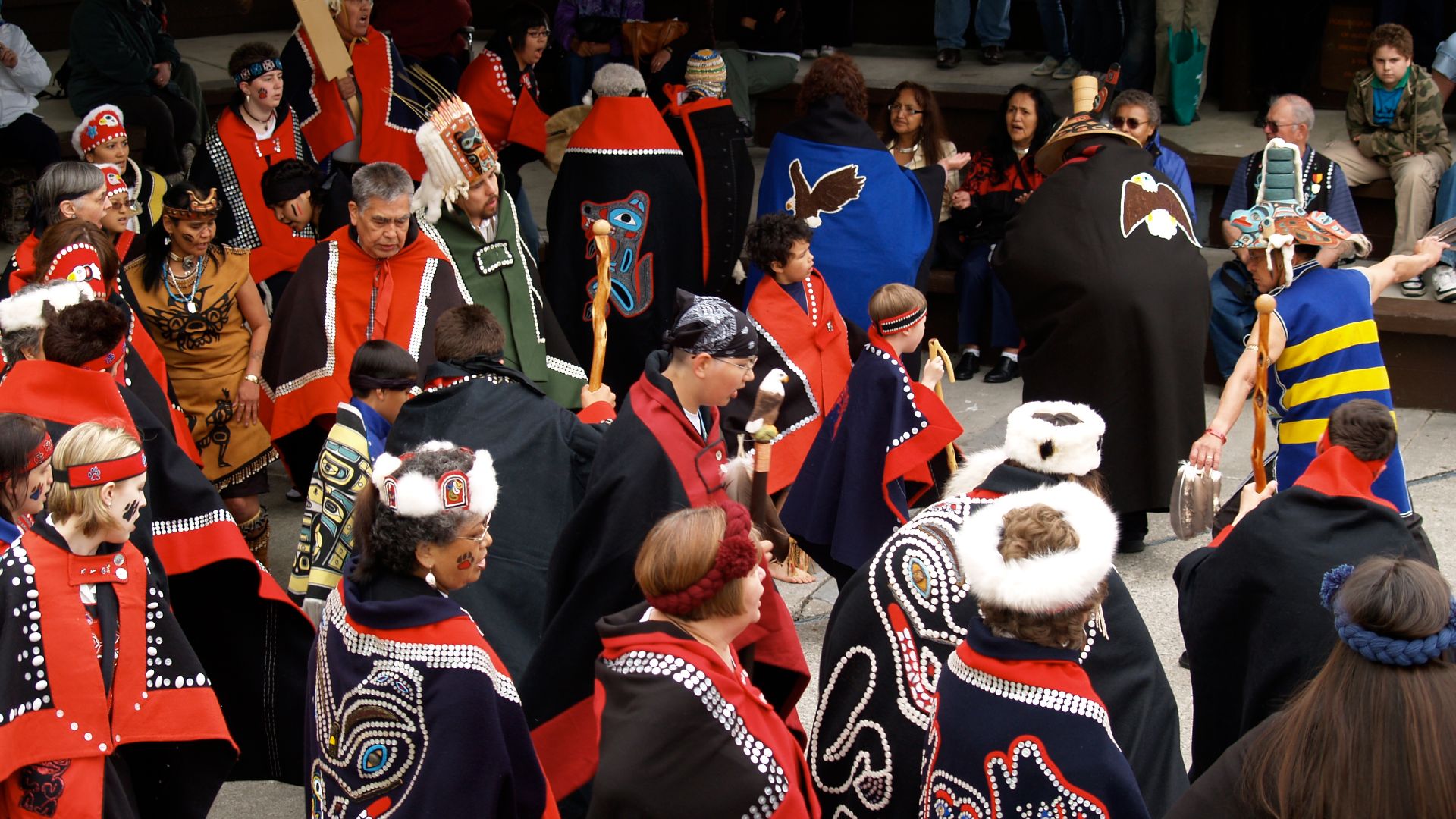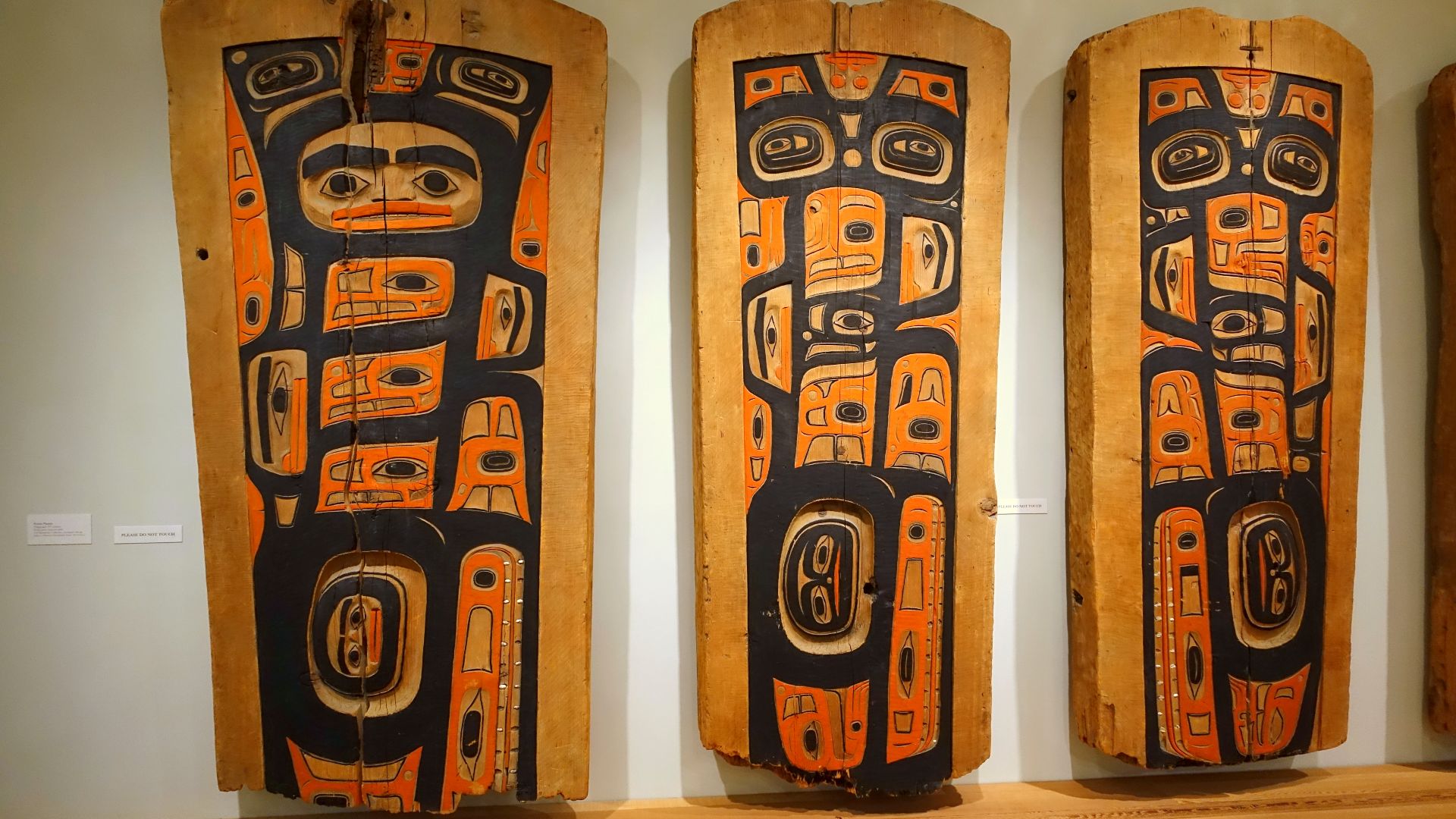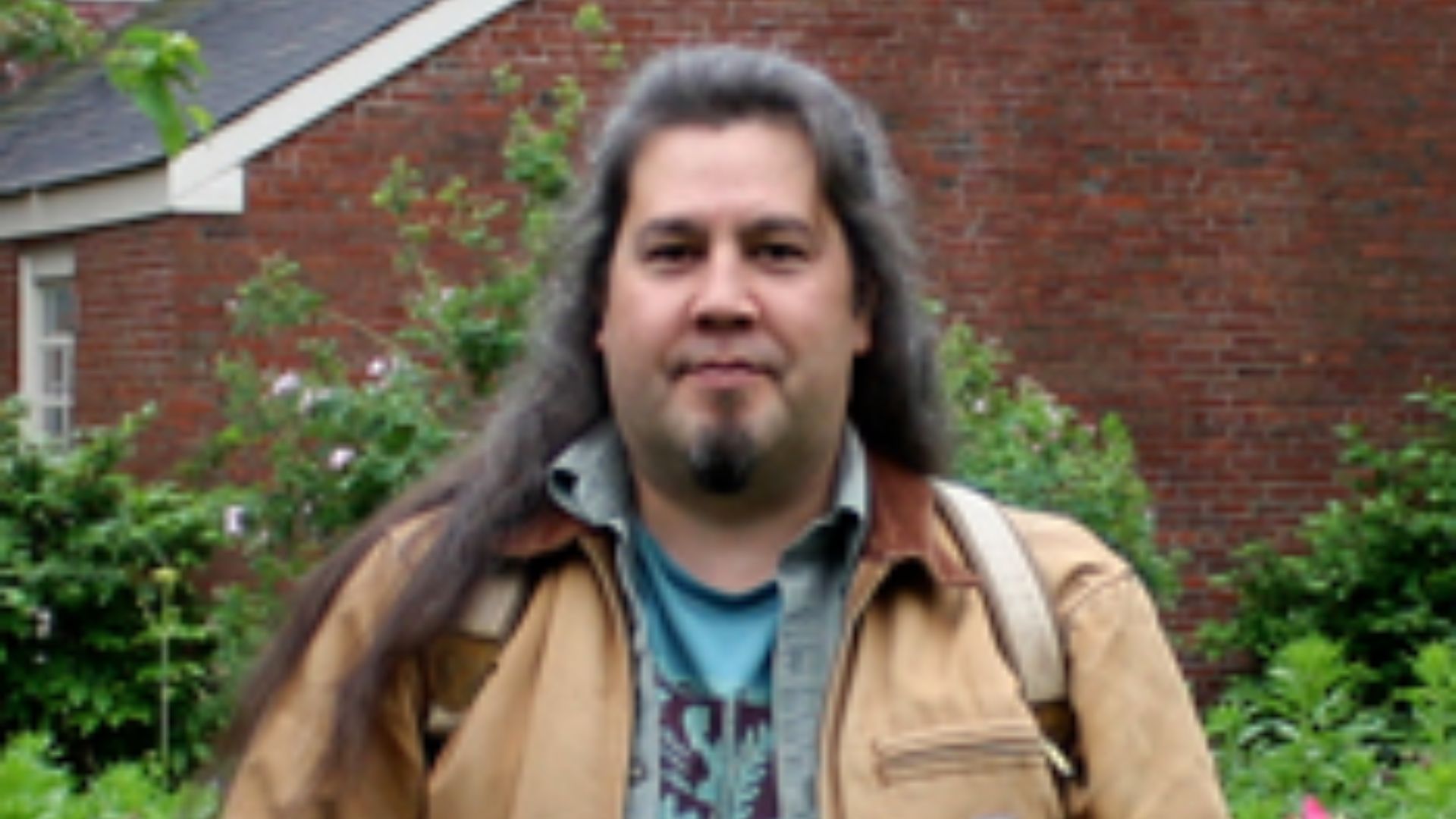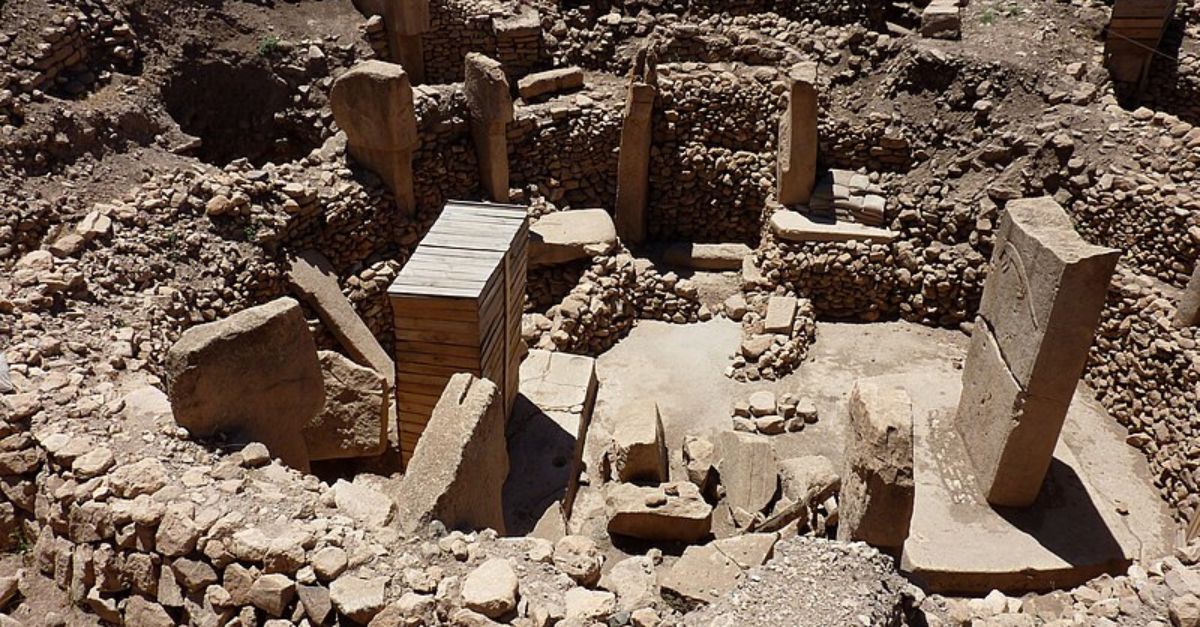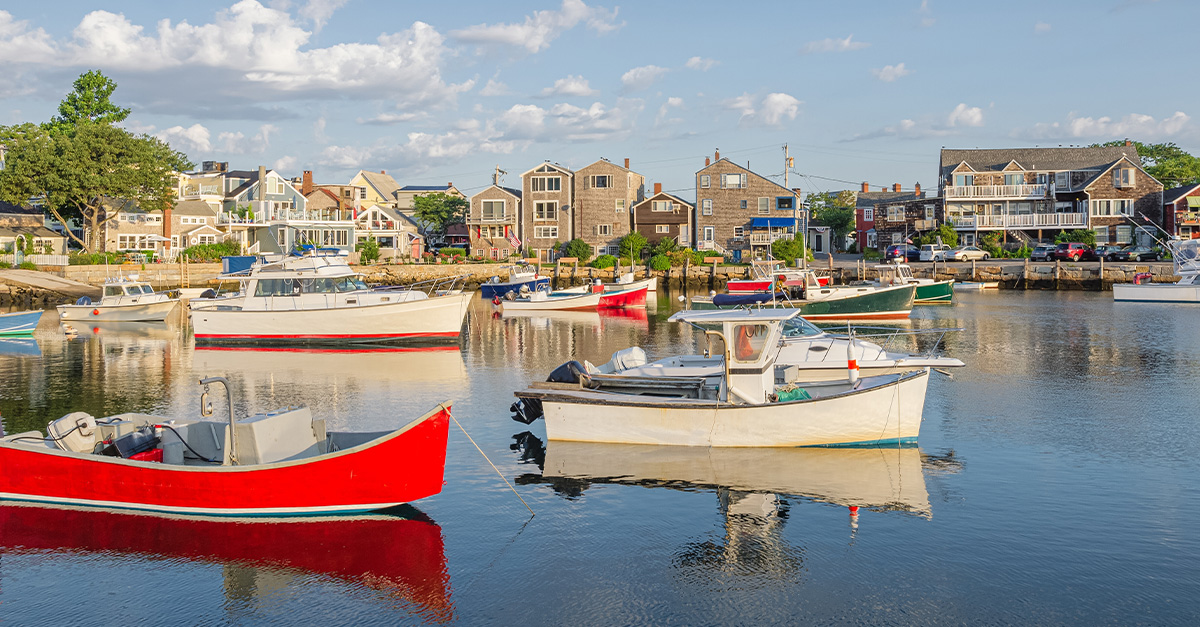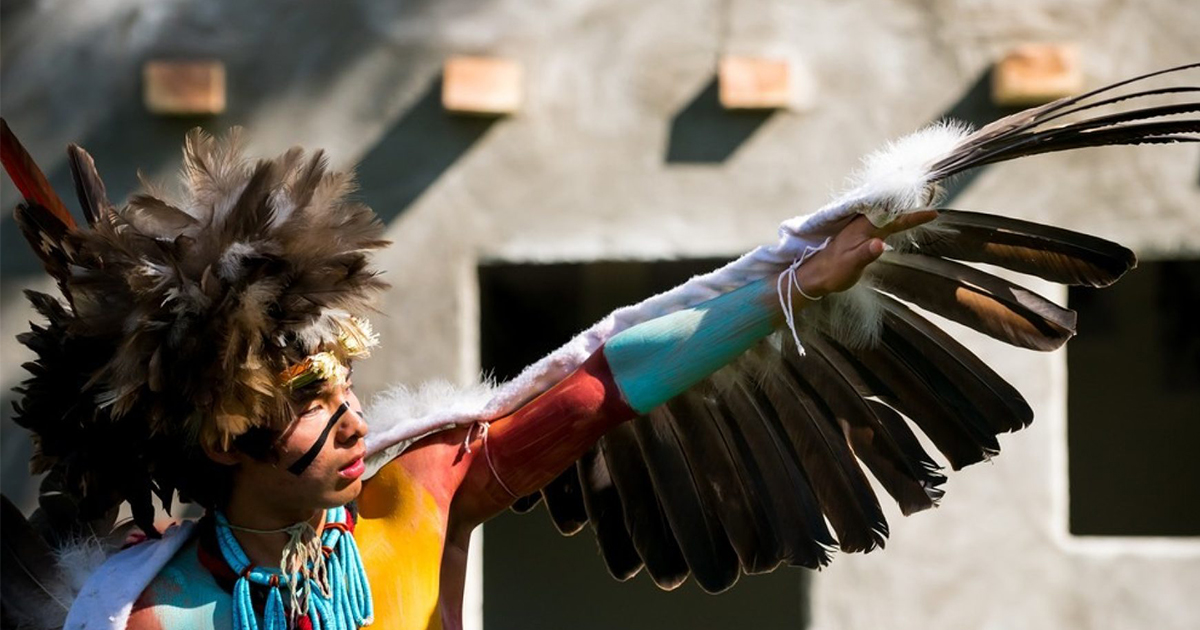Meet The People Of The Tides
The Tlingit, or Łingít, are an Indigenous people of the Pacific Northwest Coast. Their autonym means "People of the Tides," reflecting their deep connection to the ocean. Today, they reside primarily in Alaska, with smaller populations in British Columbia and Yukon. Let's take a look at their incredible legacy, and how they're keeping their culture alive today.
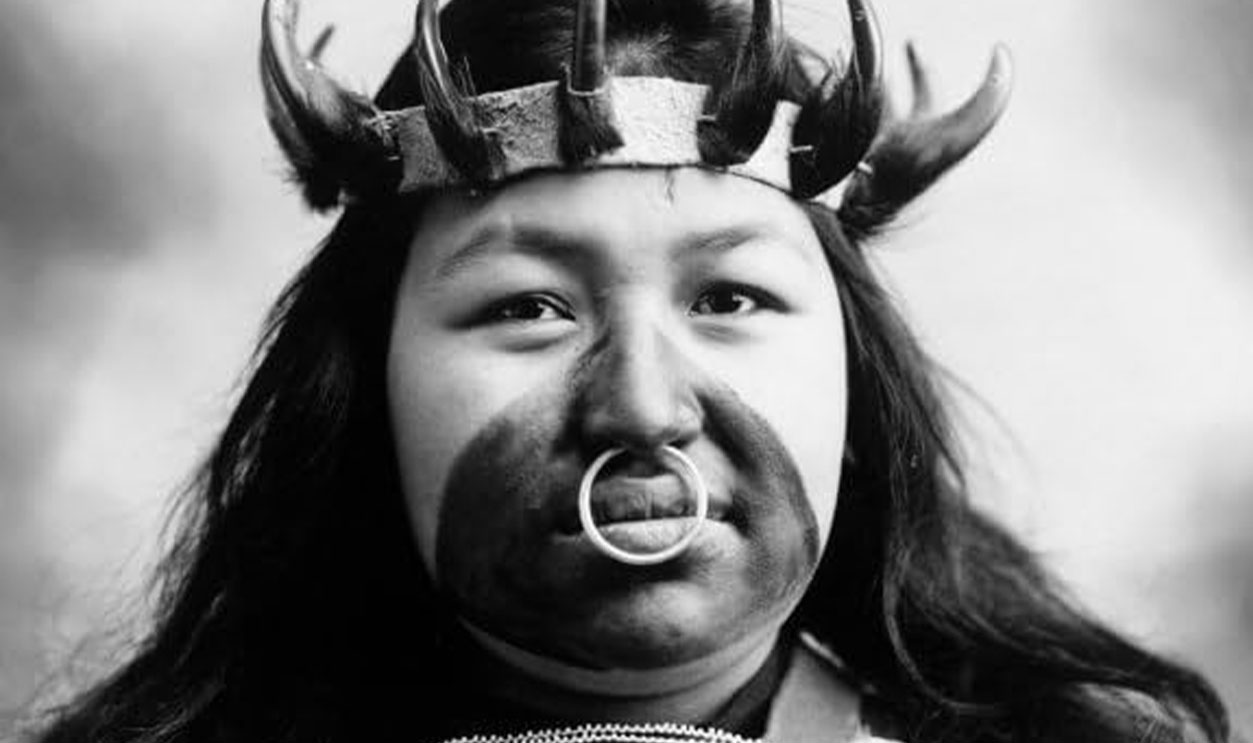
A Long And Storied Presence
Elements of Tlingit culture can be traced back nearly 10,000 years near the Skeena and Nass Rivers. Their historic territory extends from southeastern Alaska to interior Yukon. Despite centuries of change, the Tlingit have maintained cultural continuity.
A Cross Border Nation
The Tlingit community spans both the US and Canada, complicating legal and political recognition. While Canadian Tlingit communities may have reserves, their American counterparts lack formal reservations due to the Alaska Native Claims Settlement Act. Sealaska Corporation manages their land holdings in Alaska instead.
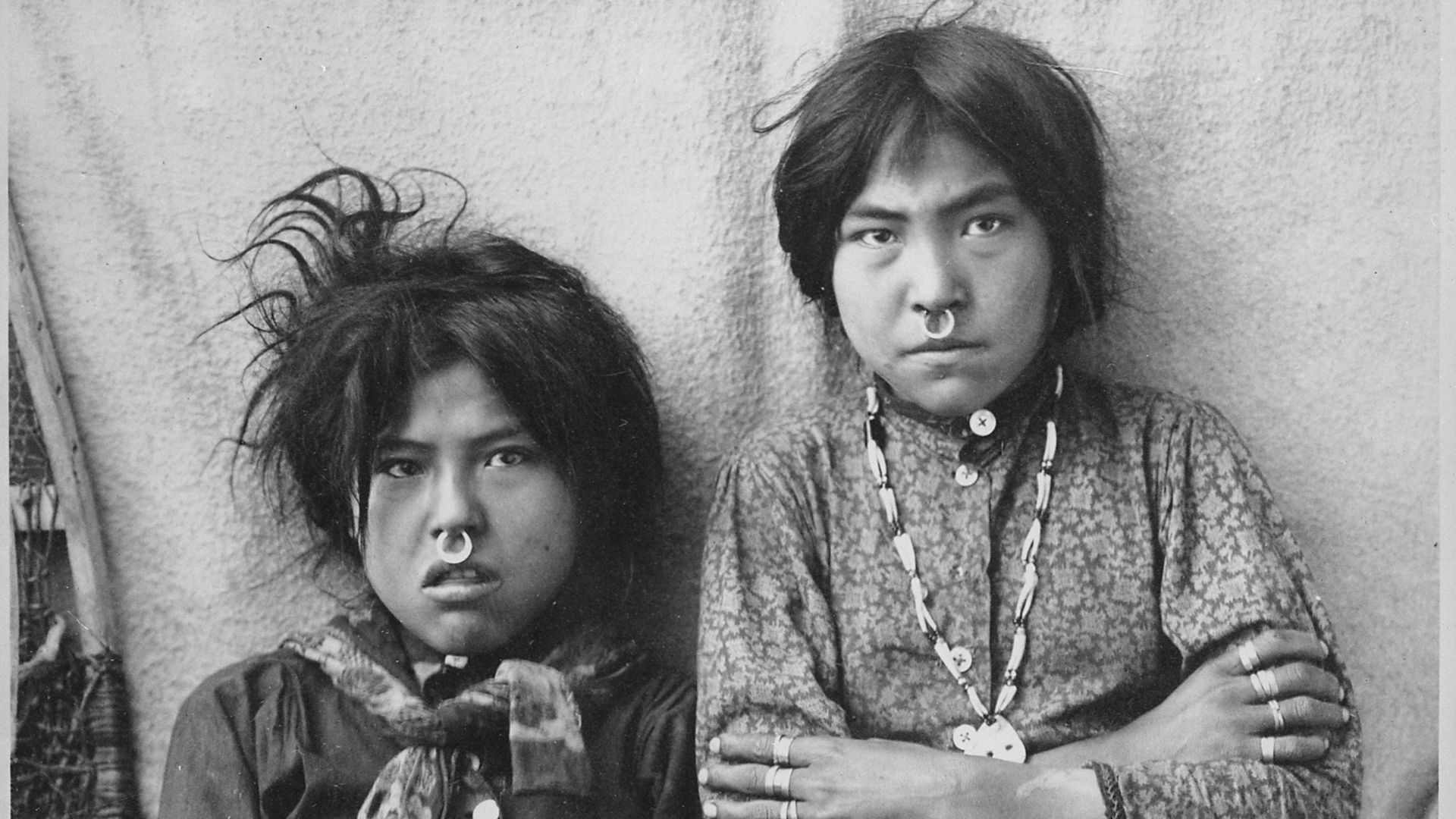 Unknown authorUnknown author or not provided, Wikimedia Commons
Unknown authorUnknown author or not provided, Wikimedia Commons
The Language Of Łingít
Tlingit, or Lingít, is a Na-Dené language with complex grammar and rare phonemes. Fewer than 500 fluent speakers remain, mostly bilingual in English. Revitalization efforts are underway through organizations like Sealaska Heritage Institute and the University of Alaska Southeast.
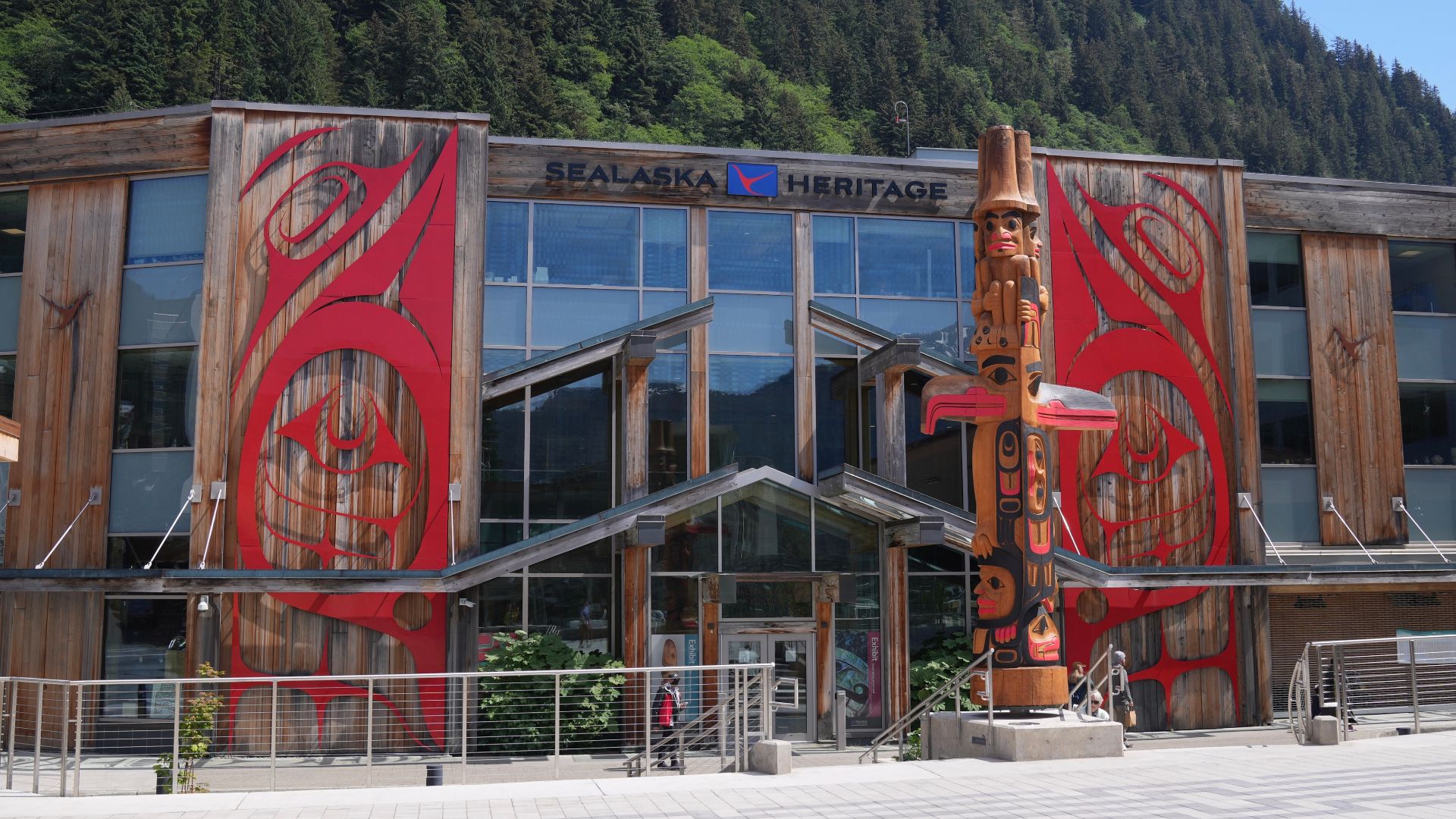 Richard N Horne, Wikimedia Commons
Richard N Horne, Wikimedia Commons
A Matrilineal Society
Tlingit kinship follows a matrilineal structure, with children inheriting clan identity from their mother. Property, status, and hereditary roles are all passed down through the maternal line. Society is divided into two groups of descent, the Raven and Eagle, each with their own clans and crests.
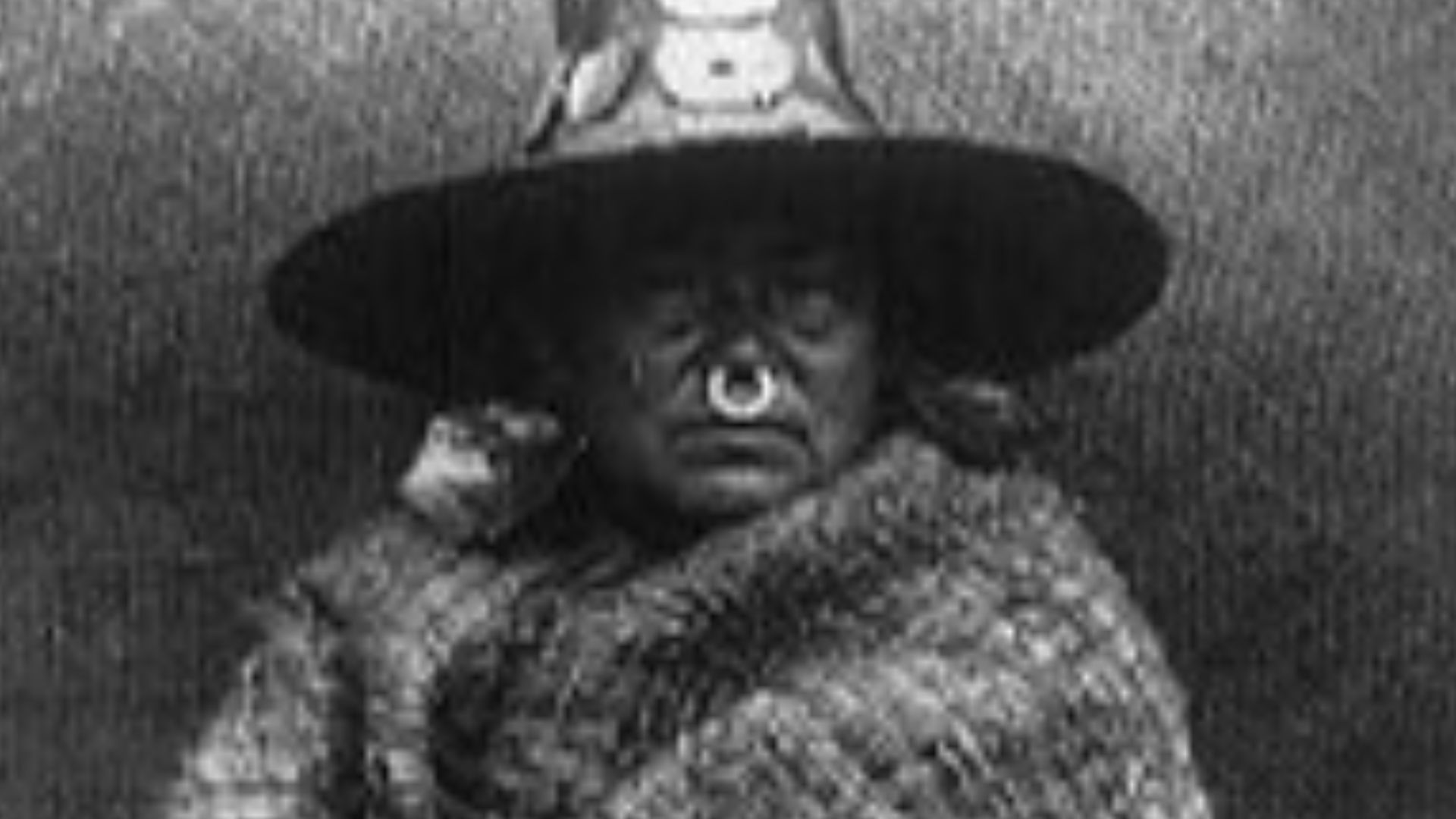 Edward S. Curtis, Wikimedia Commons
Edward S. Curtis, Wikimedia Commons
Clan Identity On Display
Tlingit clan symbols are carved into totem poles, worn on regalia, and displayed on clan houses. These heraldic crests signify lineage, spiritual beliefs, and social status. Only members of a clan have the right to display or reproduce its symbols.
A Rich Cultural Landscape
Tlingit society blends art, spirituality, and oral tradition in daily life. Everyday objects such as bowls and tools are decorated with meaningful imagery. Generosity and moral conduct are considered marks of noble birth.
Sacred Objects Of Trust
The Tlingit pass down at.oow, sacred blankets symbolizing trust and responsibility. Only Tlingit individuals can inherit them, though they may be temporarily entrusted to others.
The Power Of Oratory
Tlingit oral tradition is a cornerstone of cultural transmission. Stories, histories, and legal claims are shared through speech and performance. Skilled speakers are highly respected in the community.
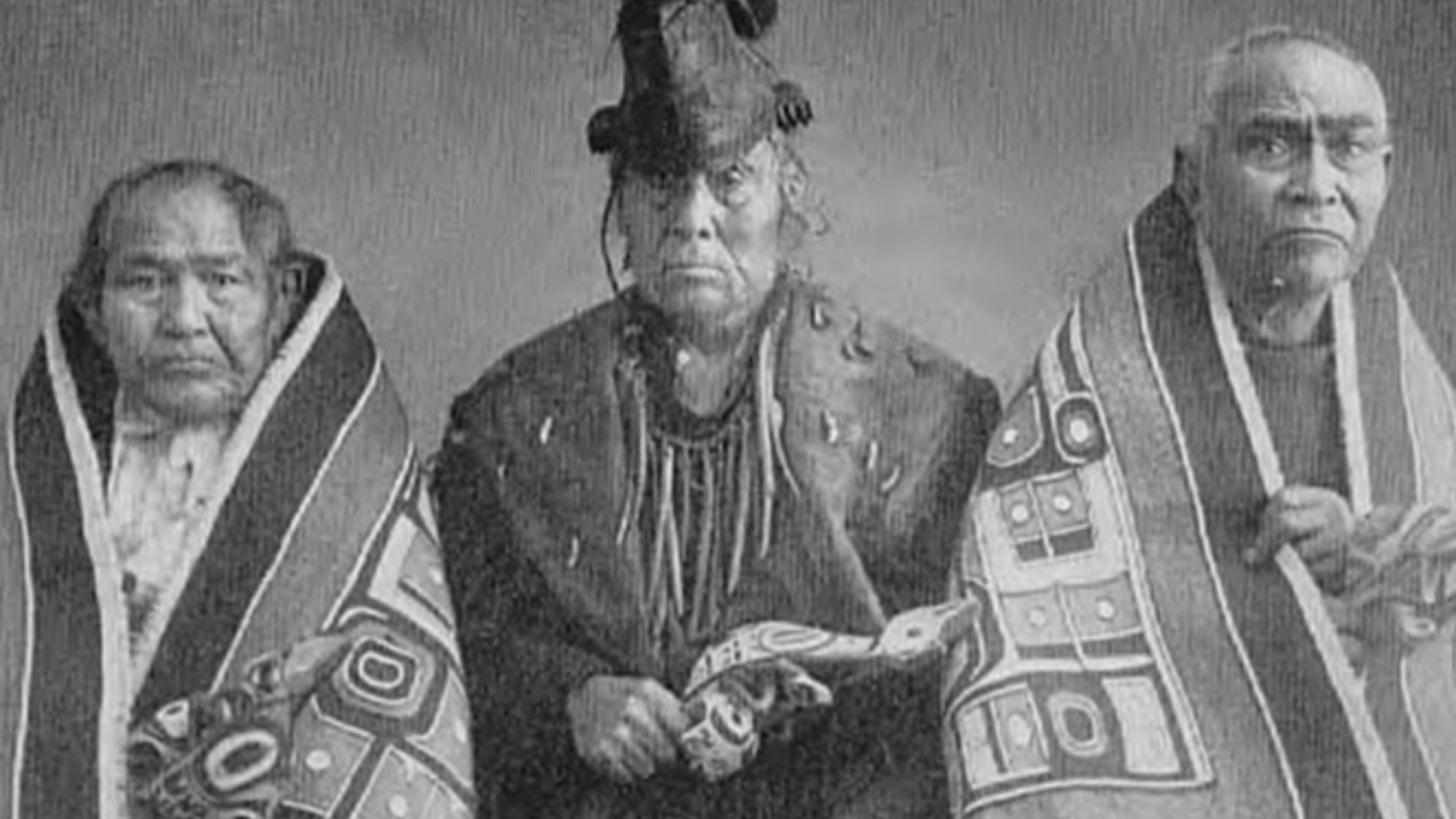 William Howard Case, Wikimedia Commons
William Howard Case, Wikimedia Commons
Hereditary Slavery Once Existed
Like many Northwest Coast cultures, the Tlingit practiced hereditary slavery before US intervention. Slaves were usually war captives and formed a distinct social class. The practice was outlawed after American colonization of Alaska.
 Unknown authorUnknown author, Wikimedia Commons
Unknown authorUnknown author, Wikimedia Commons
Spiritual And Animist Beliefs
Historically, Tlingits believed in a spiritual world shared by humans and animals. Hunters purified themselves before hunting, and shamans served as healers, weather-callers, and spiritual protectors.
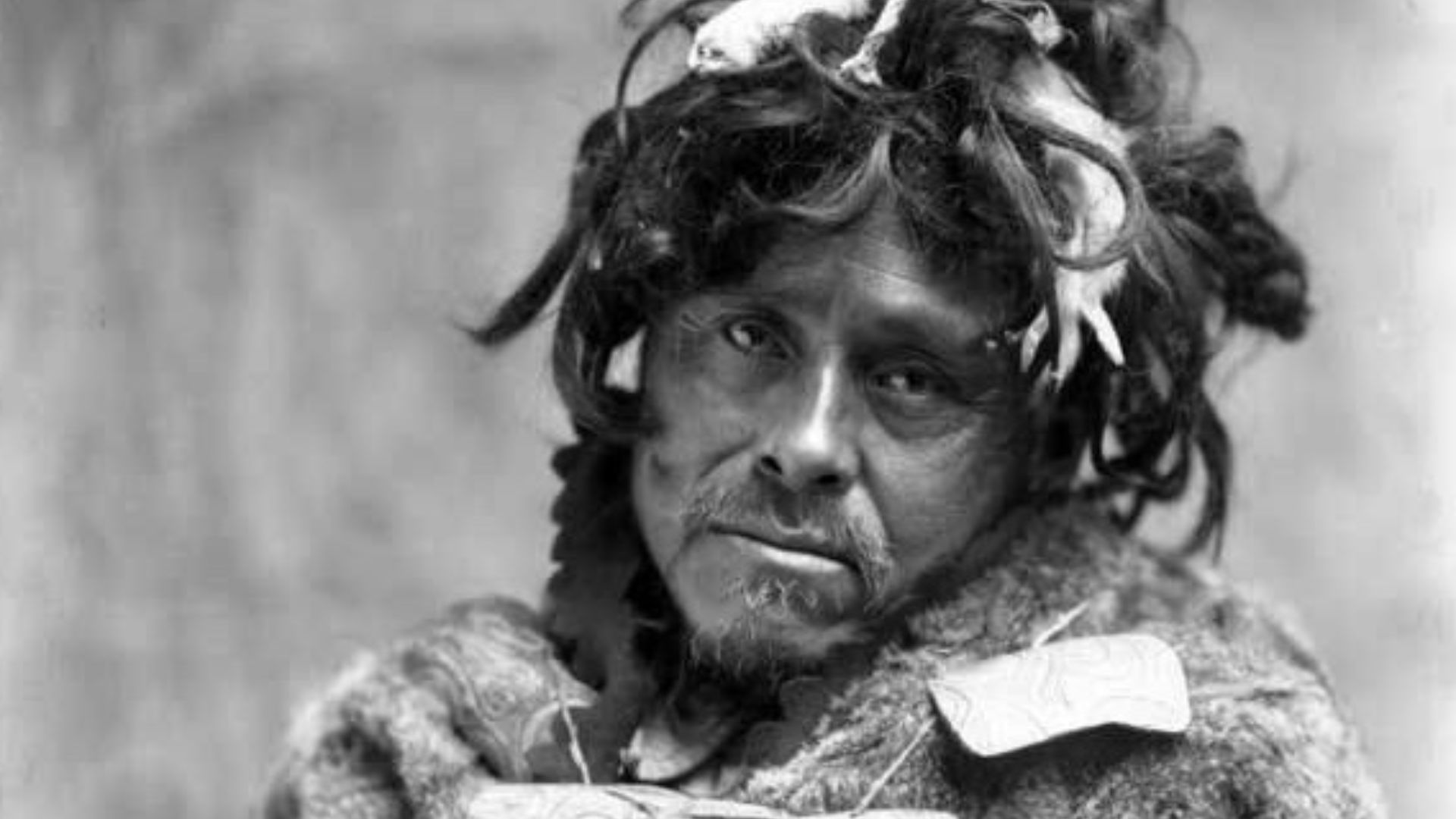 Winter & Pond, Wikimedia Commons
Winter & Pond, Wikimedia Commons
Conversion To Russian Orthodoxy
In the late 1800s, many Tlingit converted to Russian Orthodox Christianity. The shift came partly due to shamans’ inability to cure Old World diseases like smallpox. Some saw Orthodoxy as a form of cultural resistance against American Protestantism.
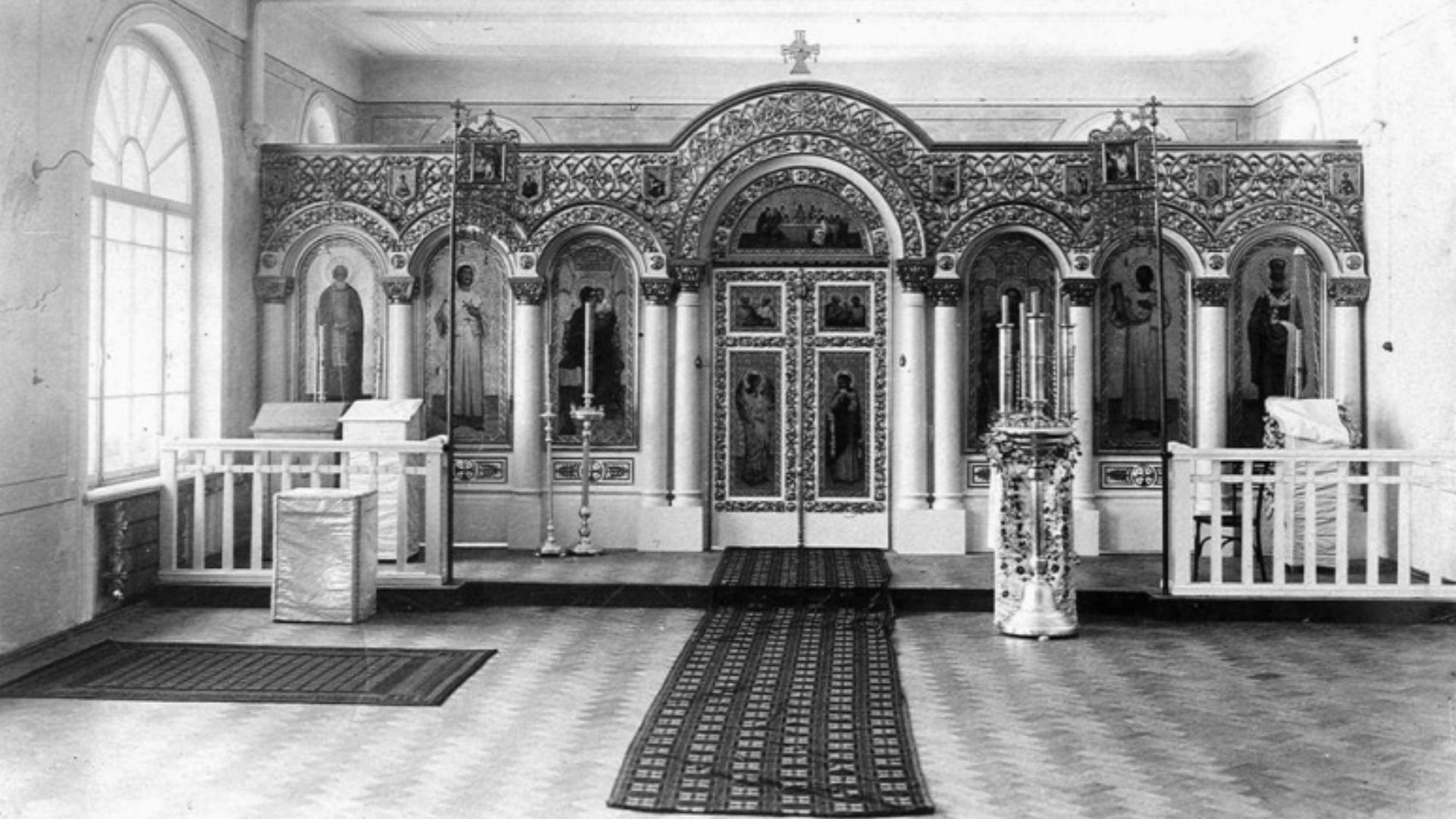 Unknown authorUnknown author, Wikimedia Commons
Unknown authorUnknown author, Wikimedia Commons
Reconciling Beliefs Today
Modern Tlingit communities often blend Christian beliefs with traditional spirituality. Elders may hold Christian views while younger generations seek to reconnect with ancestral practices.
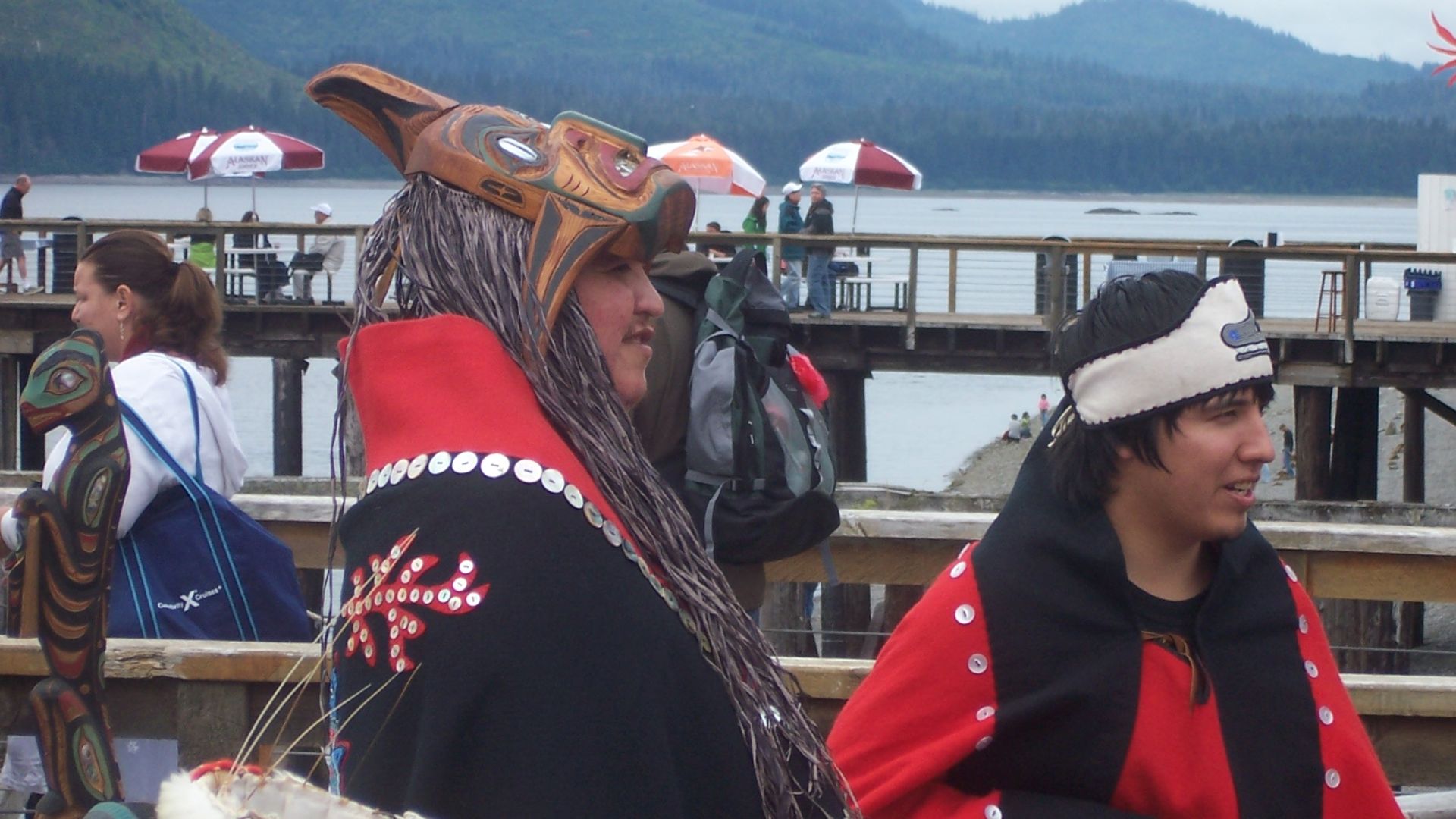 Jonathan Schilling, Wikimedia Commons
Jonathan Schilling, Wikimedia Commons
Traditional Homeland
Tlingit territory stretches from the Portland Canal to the Copper River delta. The Alexander Archipelago formed the cultural and ecological heart of Tlingit life. This region includes rich coastal forests, rivers, and abundant marine resources.
 Pierre Markuse, CC BY 2.0, Wikimedia Commons
Pierre Markuse, CC BY 2.0, Wikimedia Commons
Major Tribal Divisions
Tlingit territory is divided into Southern, Northern, Inland, and Gulf Coast groups. These divisions reflect differences in dialect, ecology, and cultural practices. Trade and interaction among the groups have always been common.
 Frank La Roche, Wikimedia Commons
Frank La Roche, Wikimedia Commons
Coastal And Inland Adaptations
Coastal Tlingit tribes focused on fishing and sea mammals, while inland groups hunted large game. The Inland Tlingit settled near lakes like Atlin, Teslin, and Tagish. These inland areas facilitated trade with Athabascan peoples.
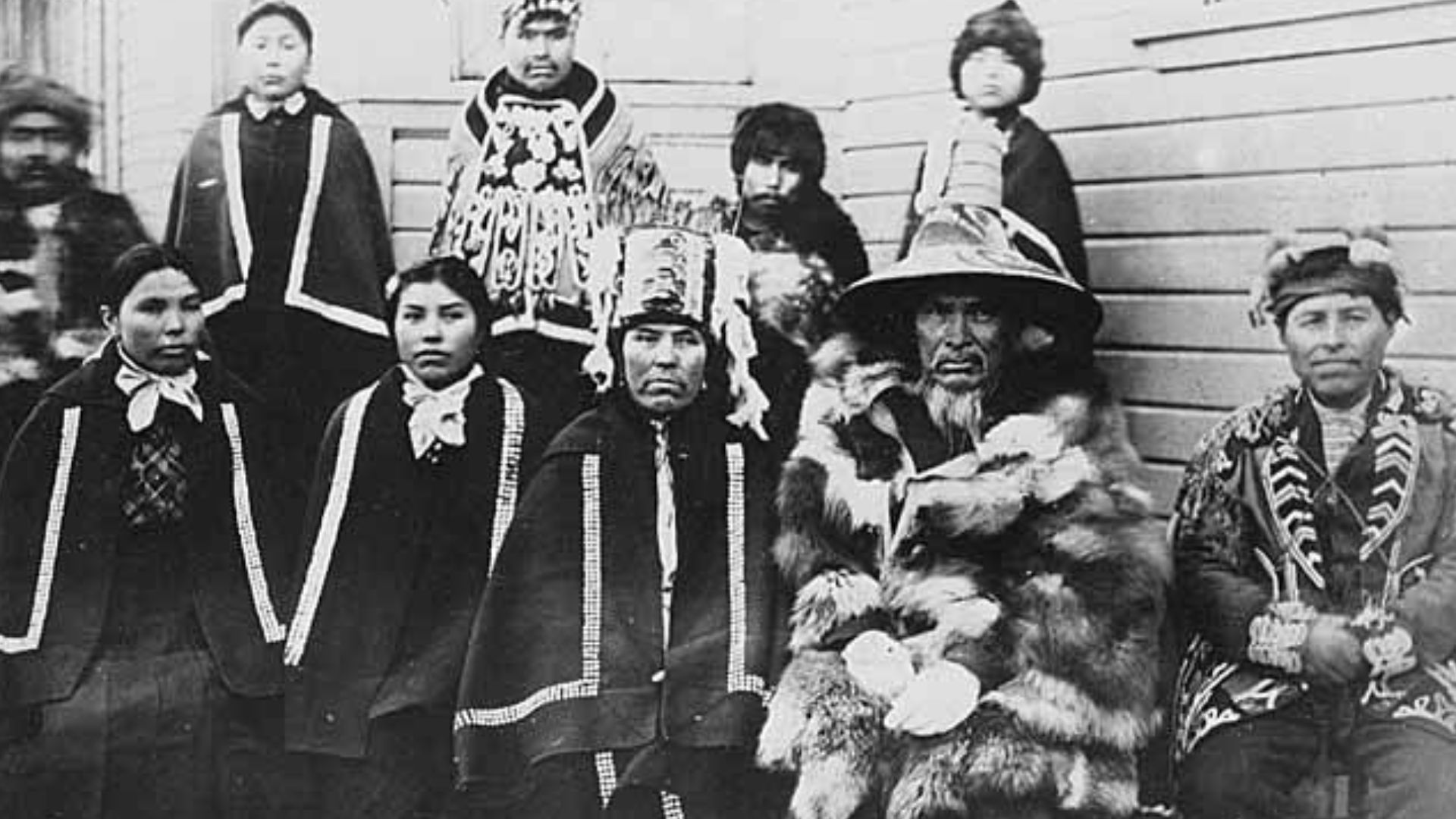 Clarence Leroy Andrews, Wikimedia Commons
Clarence Leroy Andrews, Wikimedia Commons
Extensive Trade Networks
Tlingit people regularly traveled upriver to trade with interior tribes. Goods like copper, obsidian, and food staples were exchanged. These connections often led to intermarriage and cultural blending.
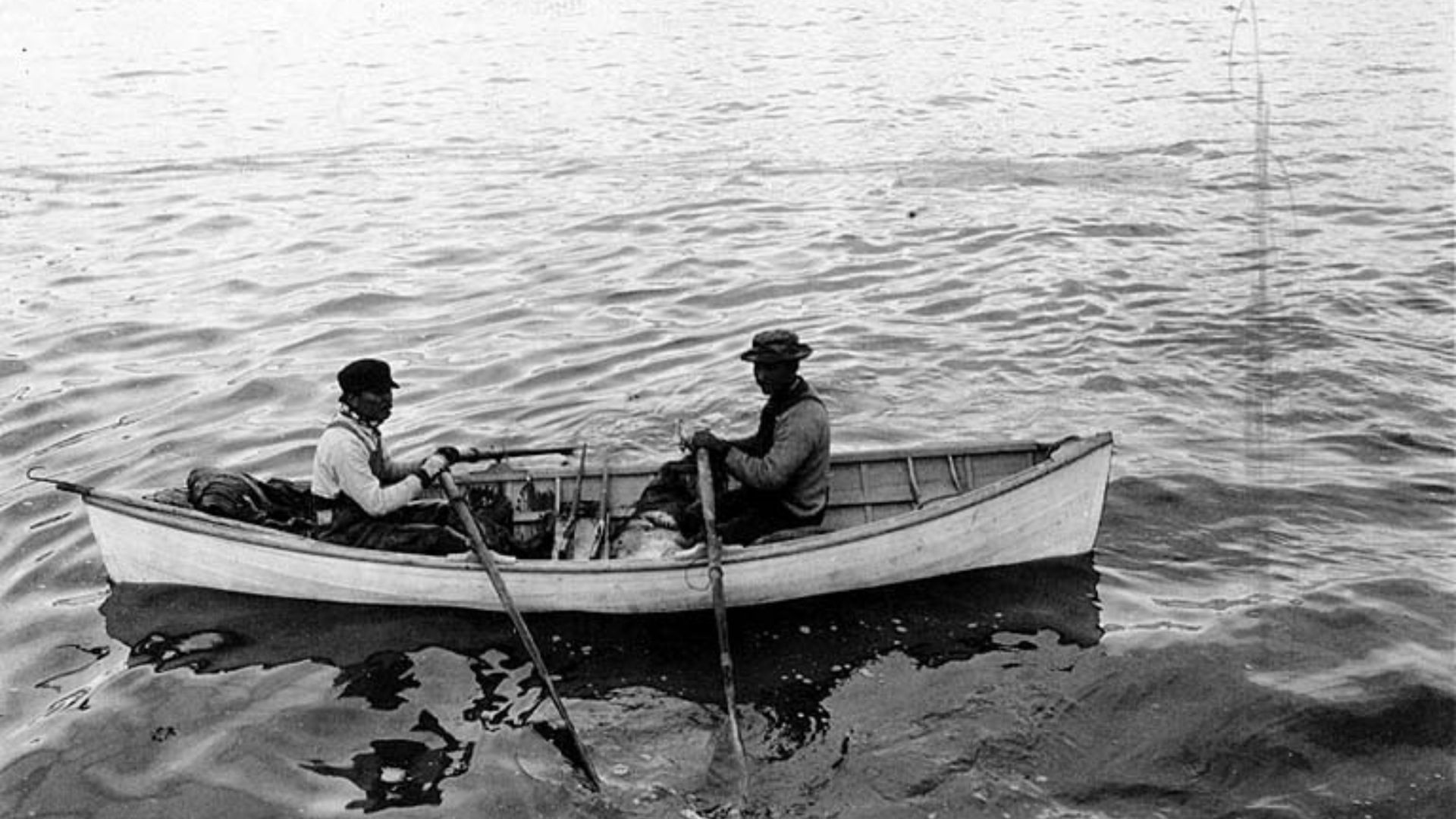 John Nathan Cobb, Wikimedia Commons
John Nathan Cobb, Wikimedia Commons
No Reservations In Alaska
Unlike many Native American groups, the Tlingit in Alaska do not live on reservations. The 1971 Alaska Native Claims Settlement Act granted land and compensation to regional corporations. The Tlingit are represented by the Sealaska Corporation.
Self-Identification As Lingít Aaní
Tlingits refer to their homeland as Lingít Aaní, the Land of the Tlingit. This area includes Yakutat, the Alaskan Panhandle, and southern Yukon. Despite modern borders, they continue to live within their ancestral lands.
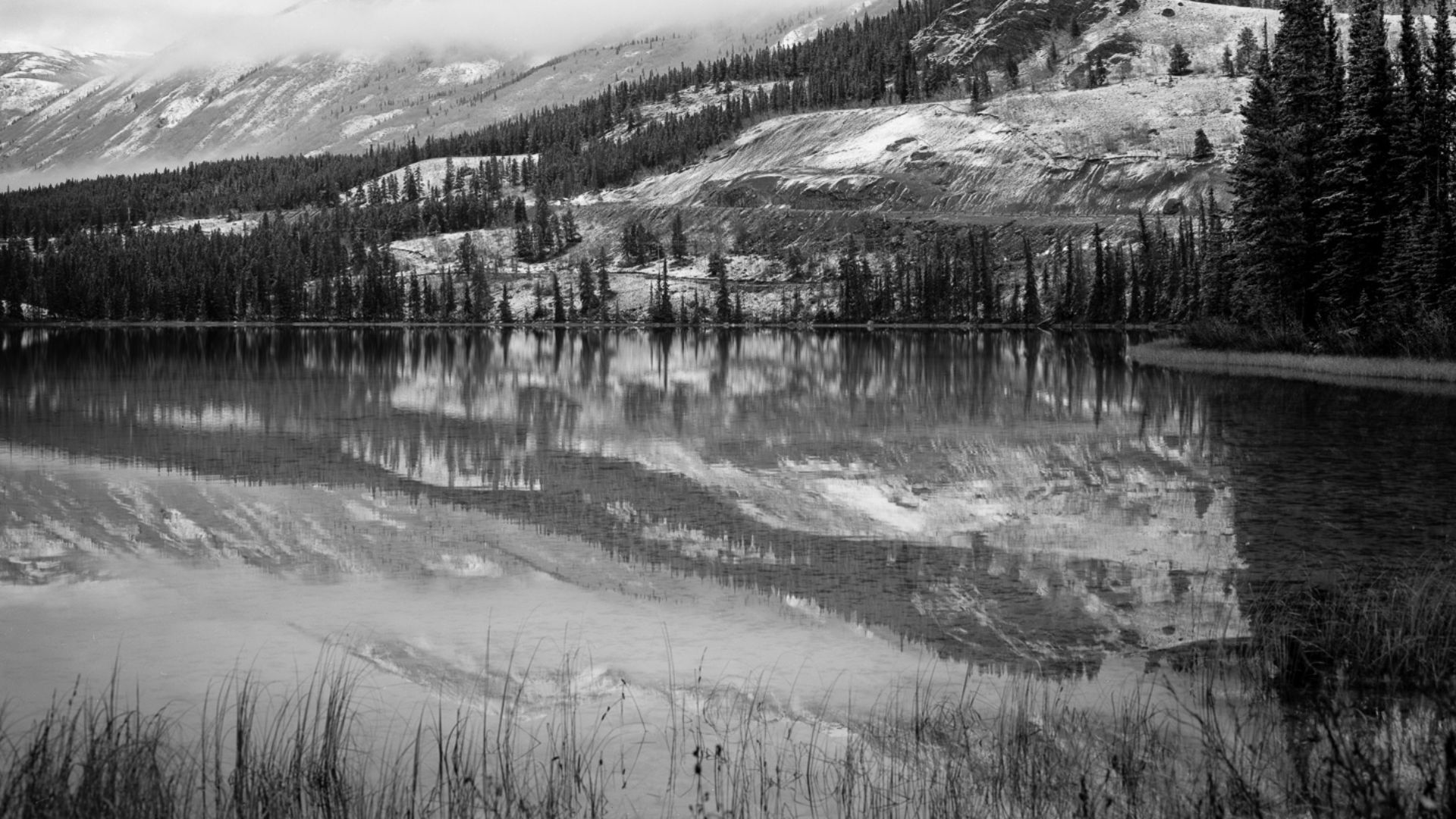 Anthony DeLorenzo from Whitehorse, Yukon, Canada, Wikimedia Commons
Anthony DeLorenzo from Whitehorse, Yukon, Canada, Wikimedia Commons
Tribes With Unique Identities
Tlingit tribal names reflect geographic and cultural features. For example, the Tʼaaḵu Ḵwáan are the “Geese Flood Upriver Tribe” of the Taku River.
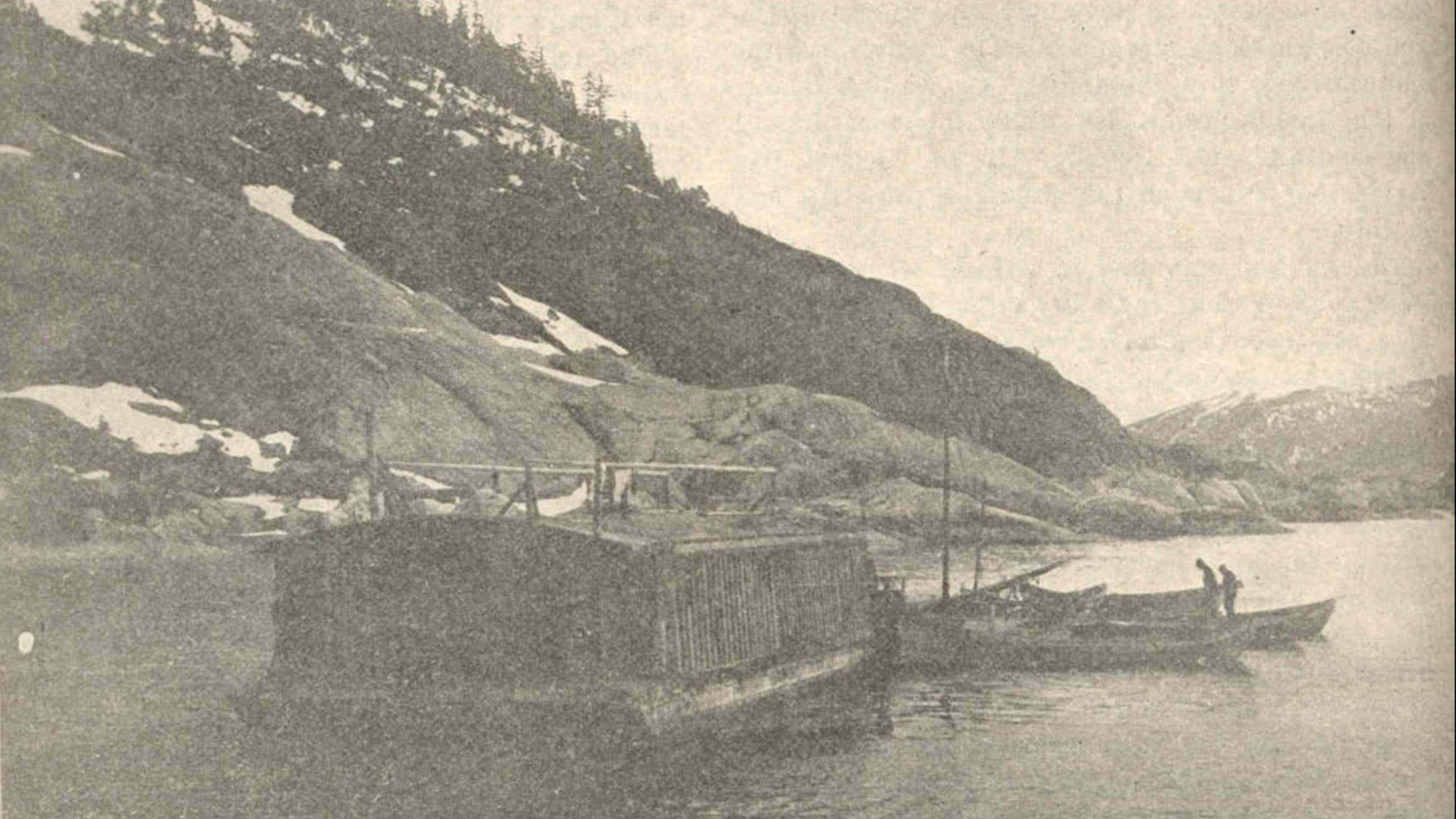 Unknown authorUnknown author, Wikimedia Commons
Unknown authorUnknown author, Wikimedia Commons
Cedar Plank Houses
Traditional Tlingit homes were made from massive cedar planks. These clan houses had no nails or adhesives and often featured painted fronts and carved totems. Raised floors allowed for storage and insulation.
 John Nathan Cobb, Wikimedia Commons
John Nathan Cobb, Wikimedia Commons
Totems Tell Stories
Tlingit totem poles serve as historical records and spiritual symbols. They represent family lineage, clan stories, and mythological beings. Each pole is unique and carries deep cultural meaning.
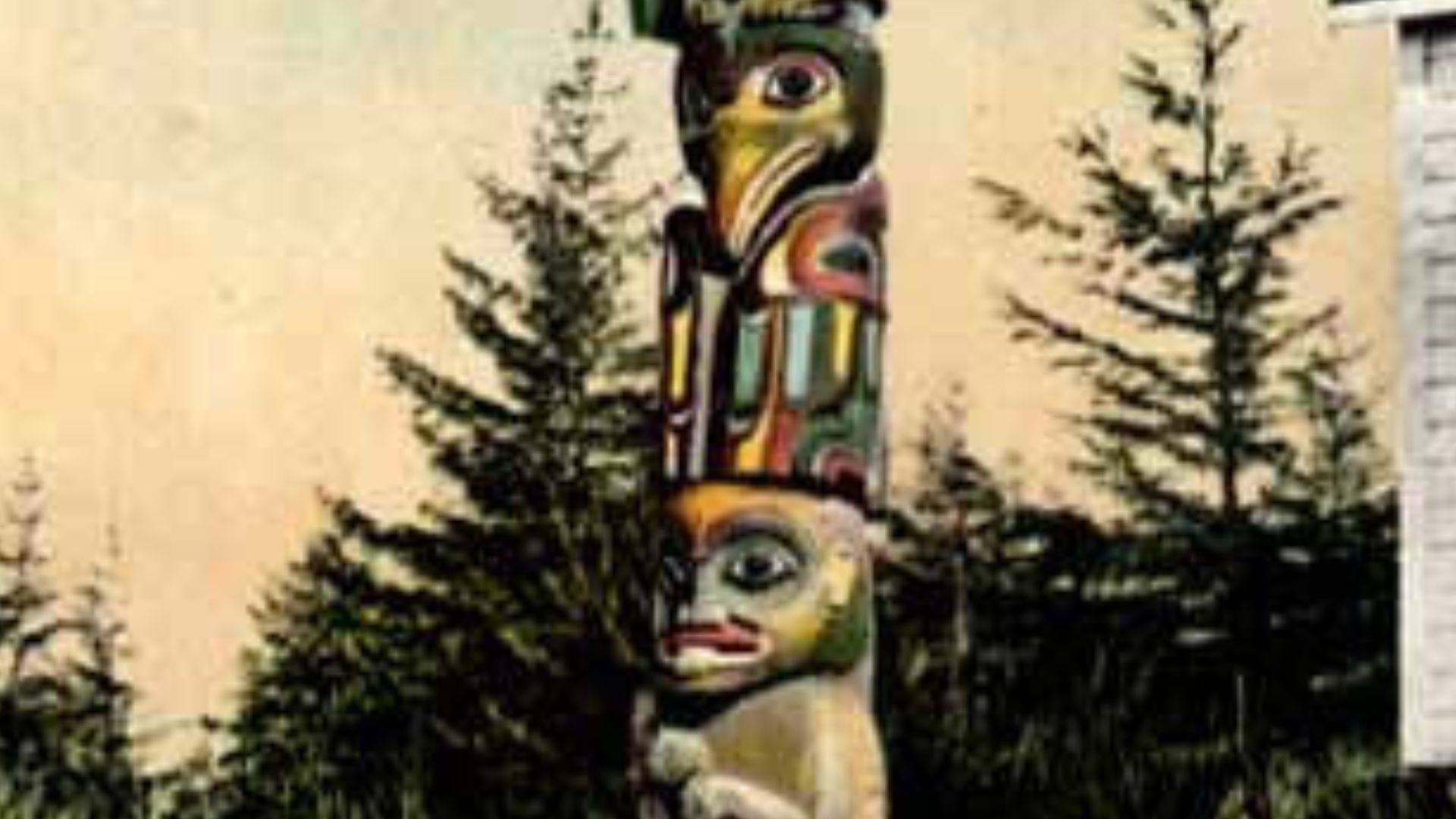 Winter & Pond, Wikimedia Commons
Winter & Pond, Wikimedia Commons
Food Was Identity
Salmon is central to Tlingit cuisine and cultural identity. Seasonal foods also include halibut, shellfish, berries, and game. Certain foods, especially “beach food”, were avoided by shamans and warriors for spiritual reasons.
Seal, Seaweed, And Berries
Spring brought halibut and seaweed; summer meant seal and salmon harvests. Berries like soapberry and salmonberry were gathered in late summer. Autumn hunting focused on sea otters, mountain goats, and bears.
Eulachon And Herring
Tlingit people harvested oil-rich eulachon and herring for food and trade. These fish were dried or rendered into oil for storage. Fish eggs were considered a delicacy.
Economic Participation Today
Many Tlingit men work in the fishing industry. Women often find employment in canneries or produce handicrafts like baskets and carvings. These crafts are sold locally and to tourists.
Historic Epidemics
European contact brought deadly diseases such as smallpox. The 1862 epidemic wiped out a large portion of the Tlingit population. Despite this loss, Tlingit communities remained resilient.
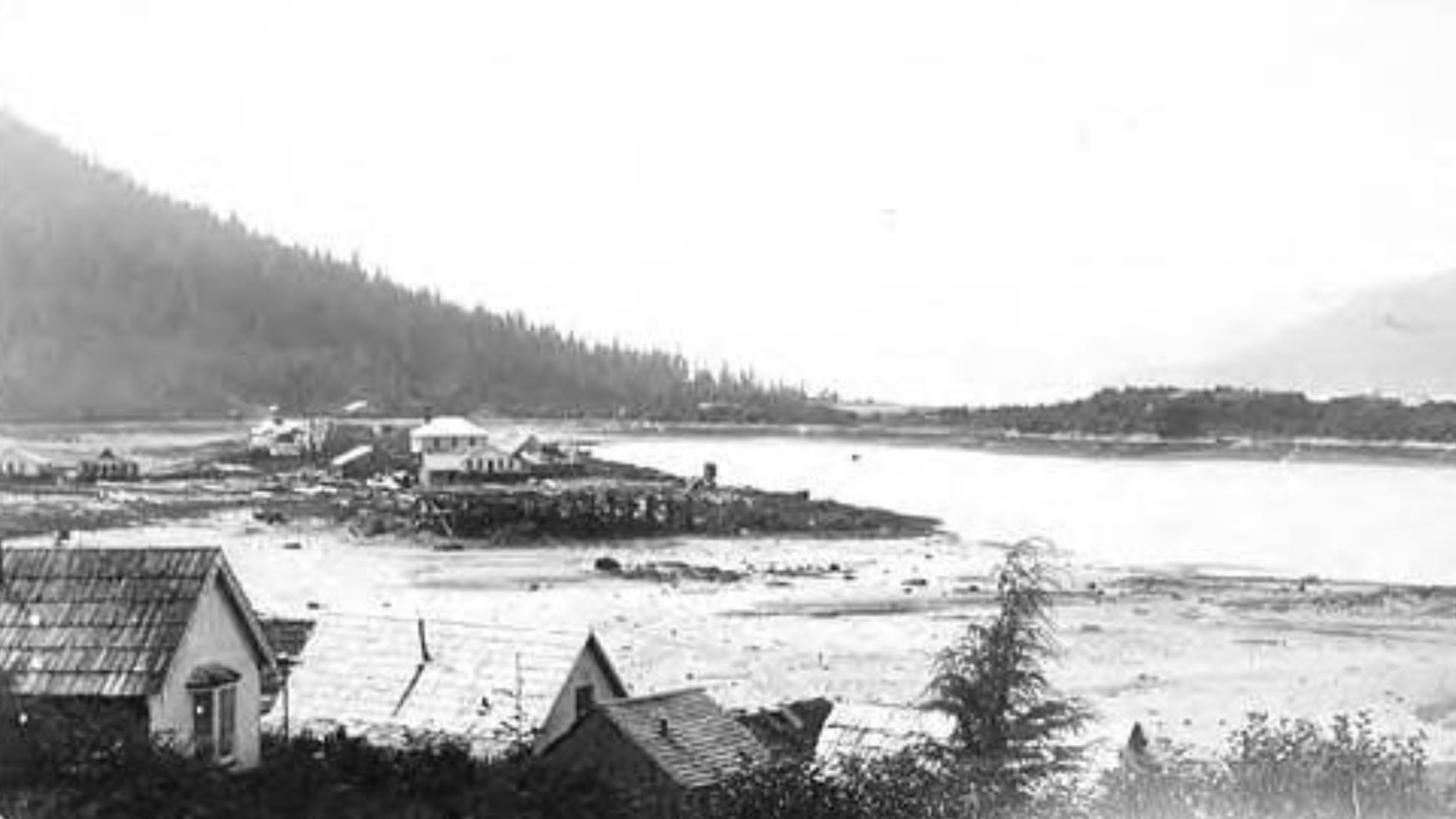 Edward De Groff, Wikimedia Commons
Edward De Groff, Wikimedia Commons
A Shared Coastal History
The Tlingit have longstanding cultural ties with neighboring Haida and Tsimshian peoples. They share similar art styles, social structures, and environmental adaptations. Intertribal marriages were also common.
Russian And German Names
Older European documents refer to the Tlingit as “Koloshi” or “Koulischen”. These names come from the Russian word for “labret", referencing the lip ornaments worn by women. The term is outdated but appears in historical maps.
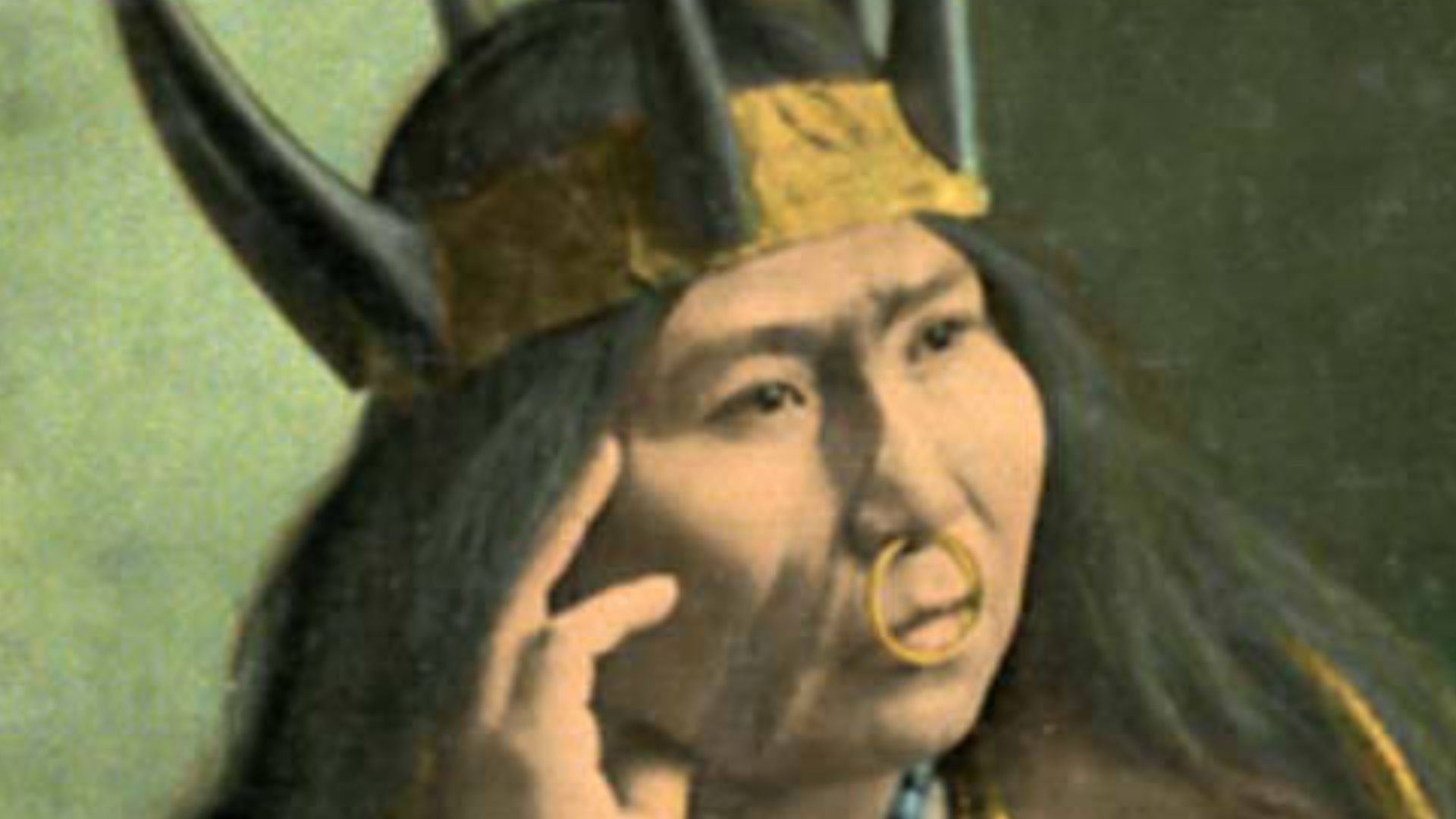 Frank H. Nowell, Wikimedia Commons
Frank H. Nowell, Wikimedia Commons
Plural And Mobile Identity
The Tlingit people are highly mobile, with members living in both rural villages and urban centers. Their identity is shaped by their descent group, clan, tribe, and region.
Sealaska Manages Their Lands
The Sealaska Corporation oversees land and financial assets for Tlingit, Haida, and Tsimshian peoples in Alaska. Its portfolio includes logging, real estate, and educational initiatives. It plays a key role in modern Tlingit self-determination.
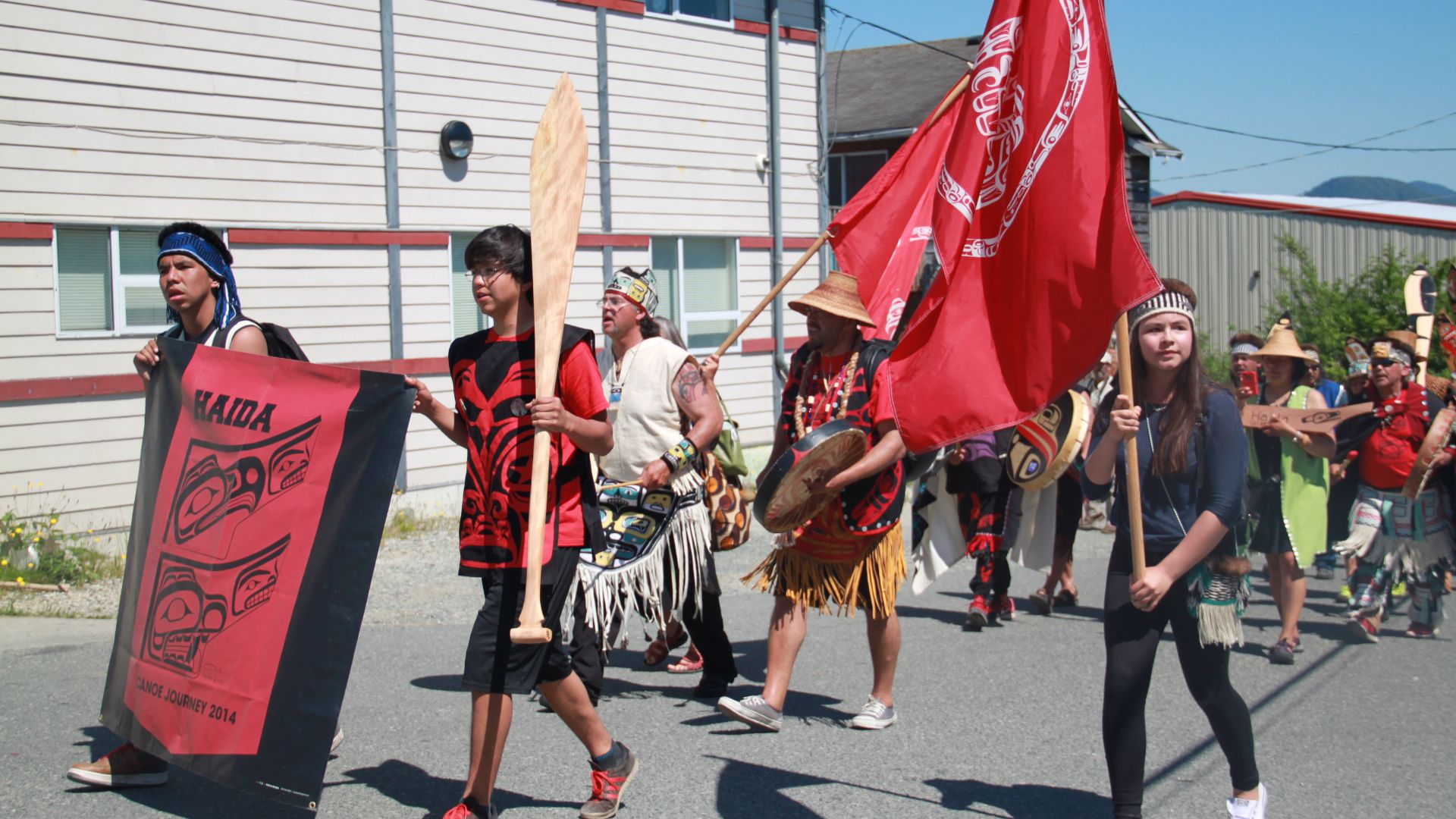 US Embassy Canada, Wikimedia Commons
US Embassy Canada, Wikimedia Commons
High-Ranking Notables
Elizabeth Peratrovich, a Tlingit woman, played a pivotal role in Alaska’s anti-discrimination laws. Nathan Jackson is a renowned woodcarver whose works appear in museums worldwide. Other notable Tlingit include poets, weavers, politicians, and scholars.
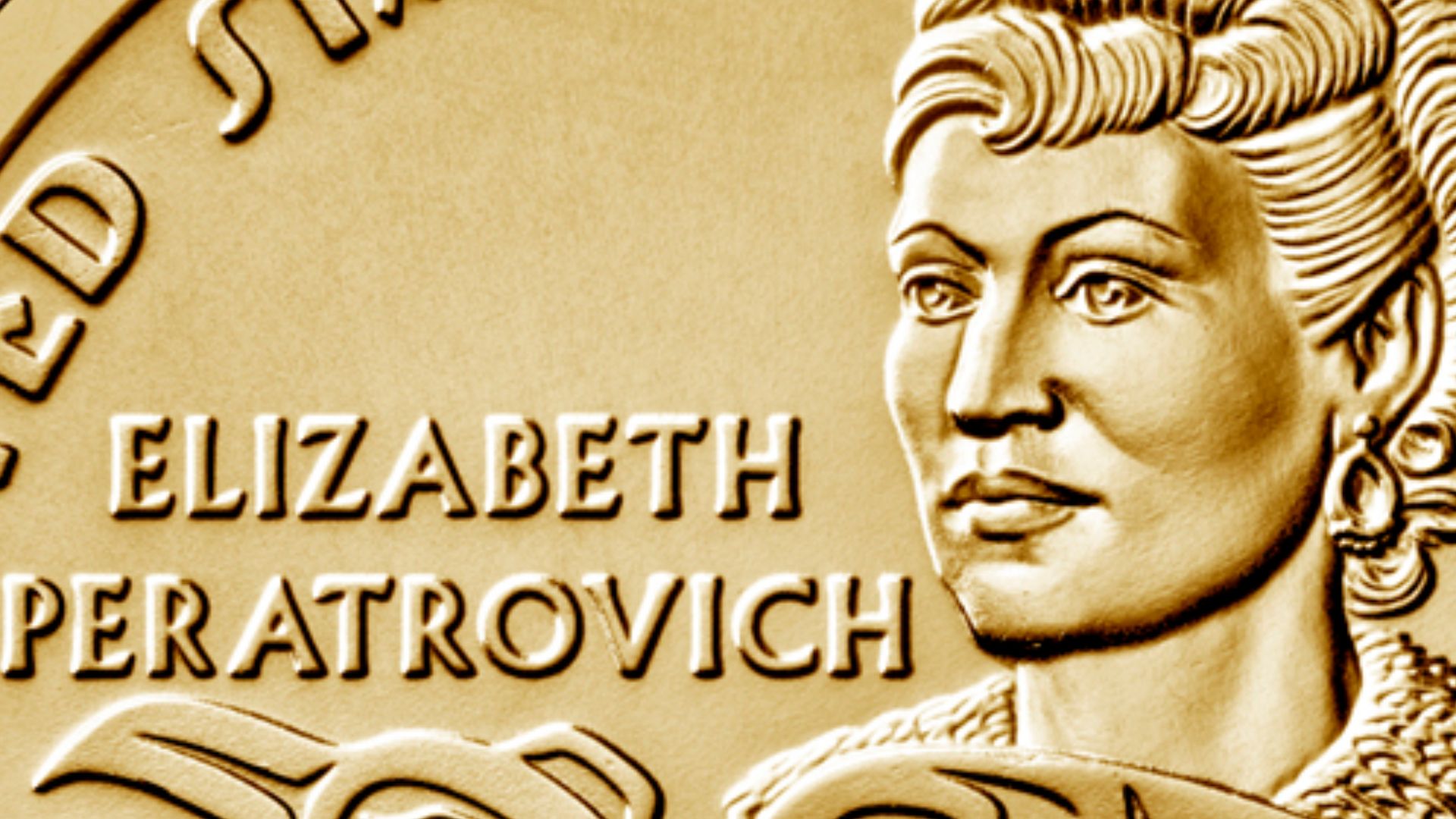 United States Mint, Wikimedia Commons
United States Mint, Wikimedia Commons
Art From Fiber And Form
Chilkat and Ravenstail weaving are iconic Tlingit art forms. These intricate textiles feature symbolic designs and take months to complete. Weavers like Clarissa Rizal and Jennie Thlunaut helped preserve these traditions.
A Complex Grammar
Tlingit language features sounds that are rare in global linguistics. Its grammar includes verb-centric structures and dozens of consonants. This complexity reflects the rich conceptual world of its speakers.
 Clarence Leroy Andrews, Wikimedia Commons
Clarence Leroy Andrews, Wikimedia Commons
Revitalization In Motion
Tlingit language programs exist in schools, universities, and communities. Klukwan and Angoon host active language classes for youth and elders. Language preservation is seen as key to cultural survival.
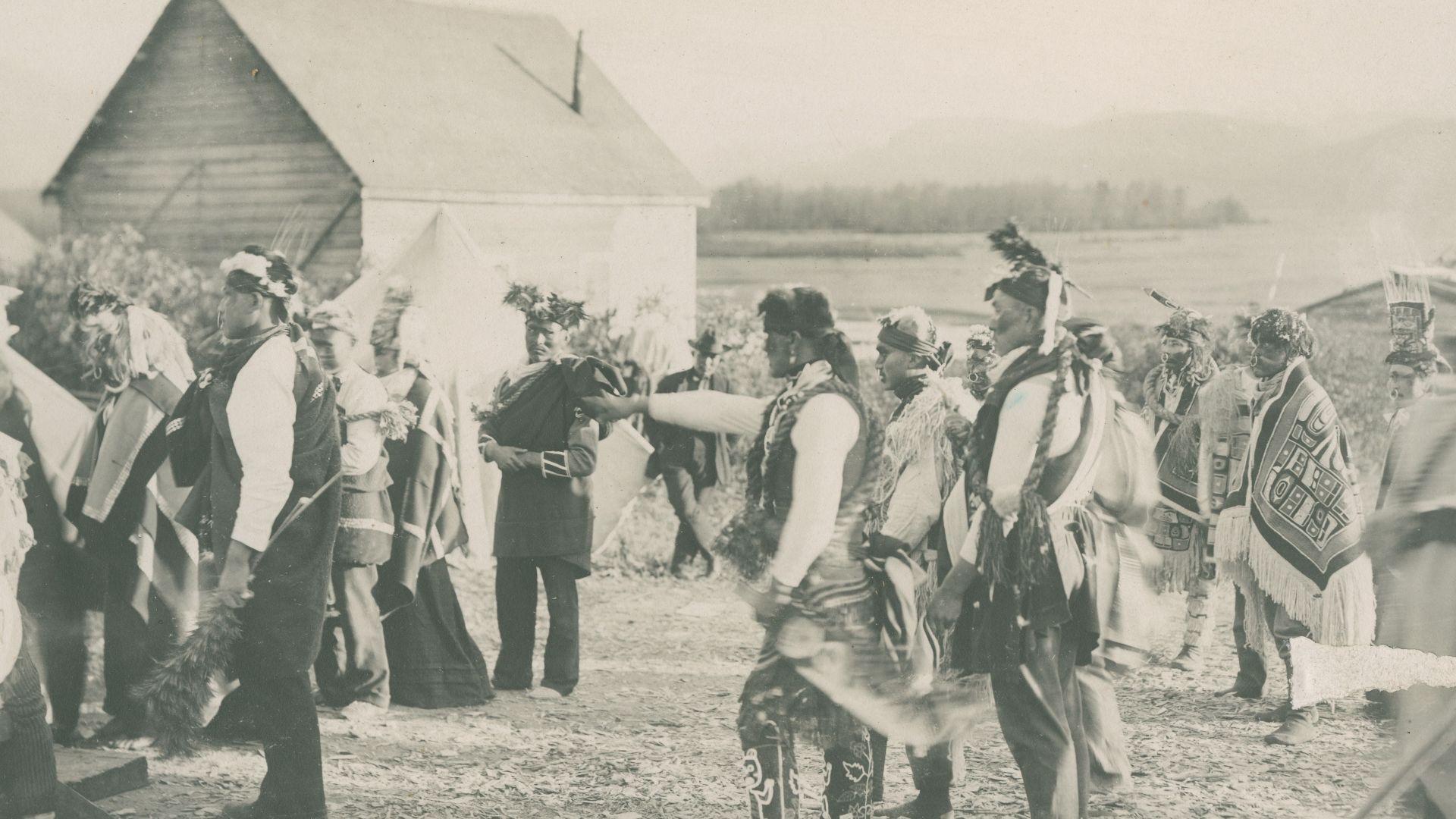 Arthur Clarence Pillsbury, Wikimedia Commons
Arthur Clarence Pillsbury, Wikimedia Commons
Shamanic Legacy
Before Christianity, Tlingit shamans served as mediators between physical and spiritual worlds. They treated illness, influenced weather, and protected communities. Shamanism faded as Orthodox Christianity took root.
 National Archives and Records Administration, Wikimedia Commons
National Archives and Records Administration, Wikimedia Commons
Christianity And Resistance
The Tlingit embraced Russian Orthodoxy in part to resist American assimilation. Missionaries translated religious texts into Tlingit. This spiritual shift had lasting cultural impacts.
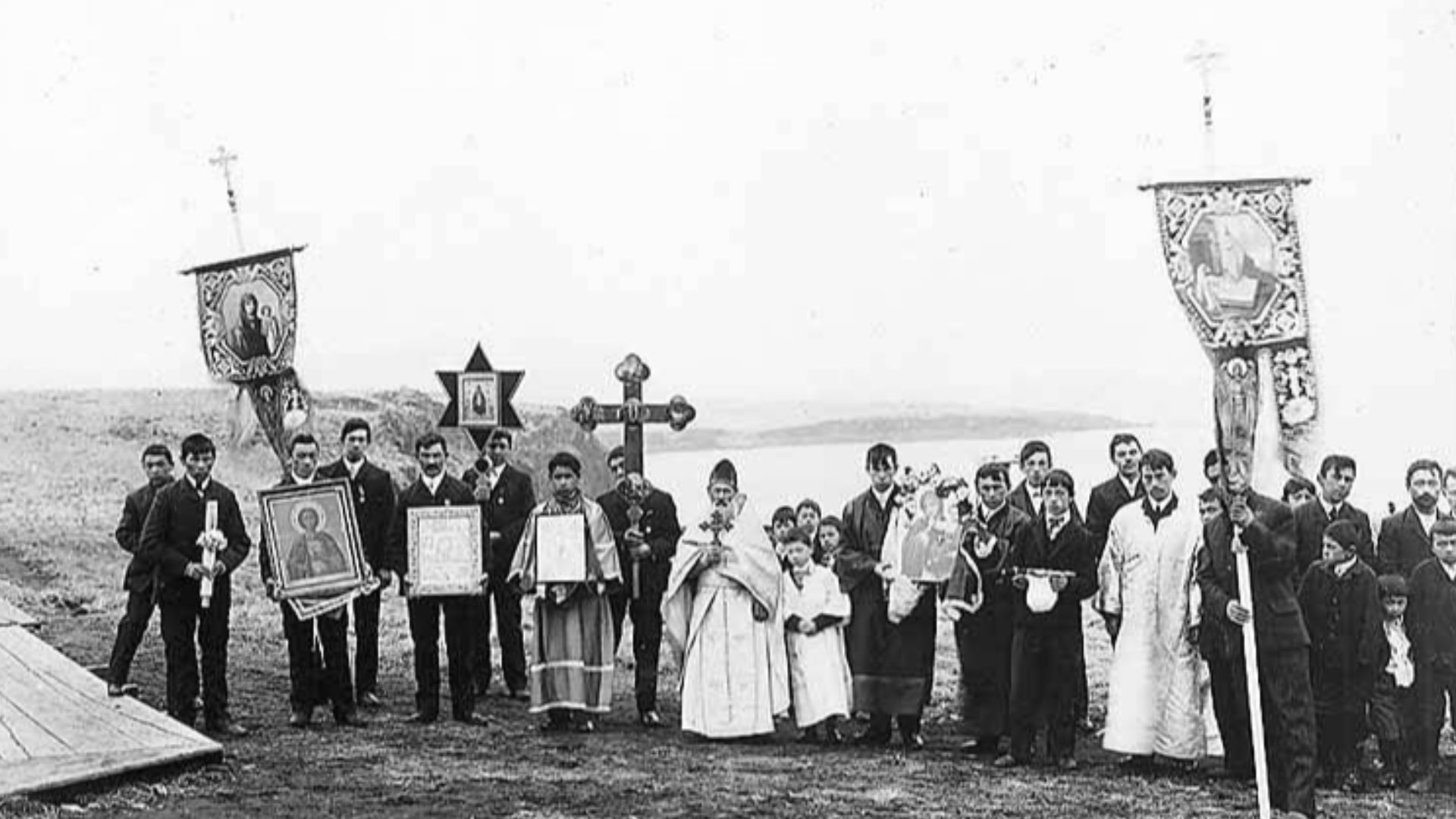 H. D. Chicester, Wikimedia Commons
H. D. Chicester, Wikimedia Commons
Clan Property Matters
Tlingit clan houses, crests, and heirlooms are considered communal property. Misuse or misrepresentation of these items is a serious offense.
Reconnecting With Tradition
Younger generations are reclaiming traditional Tlingit beliefs. This revival includes dance, language, spiritual practices, and foodways. Because of these revival efforts, the Tlingit culture continues to flourish.
You May Also Like:
The Great Lakes' Fiercest Tribe
Photos Of Canada's Remote "Viking" Tribe
The Tale Of The Seminole: Florida's Unconquered Tribe
Source: 1

